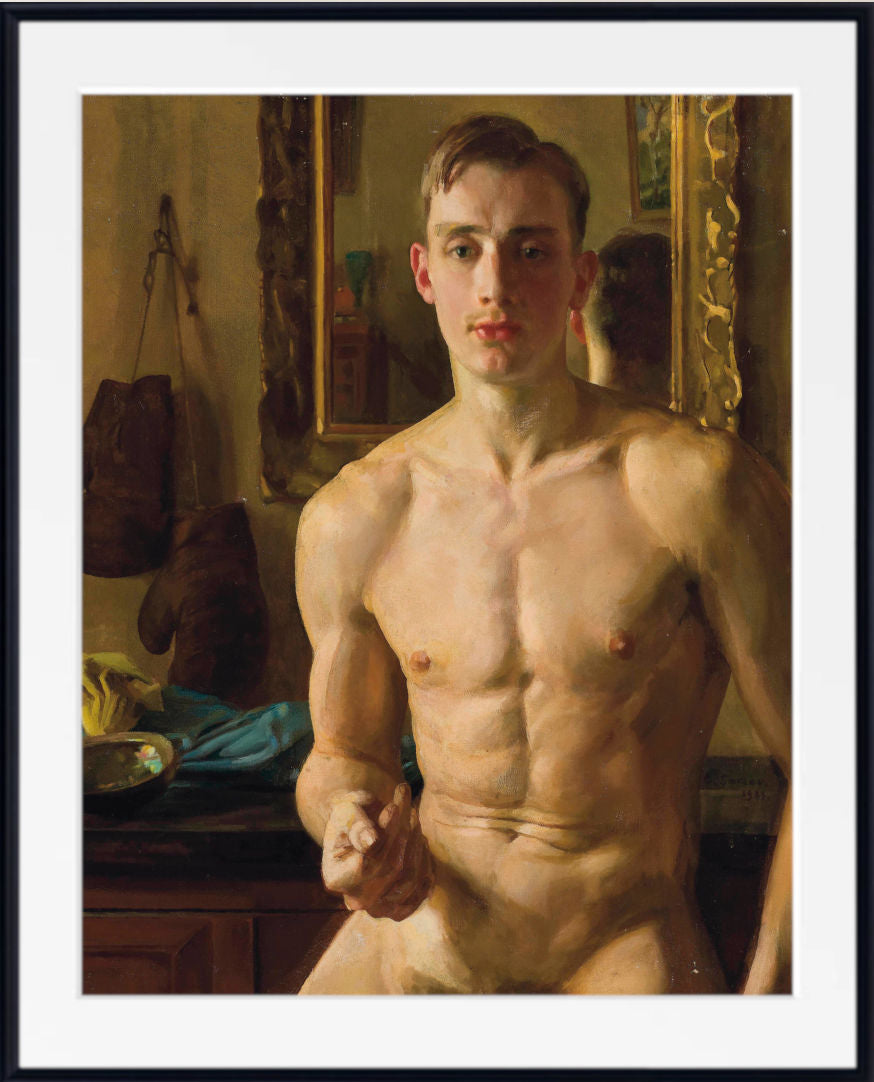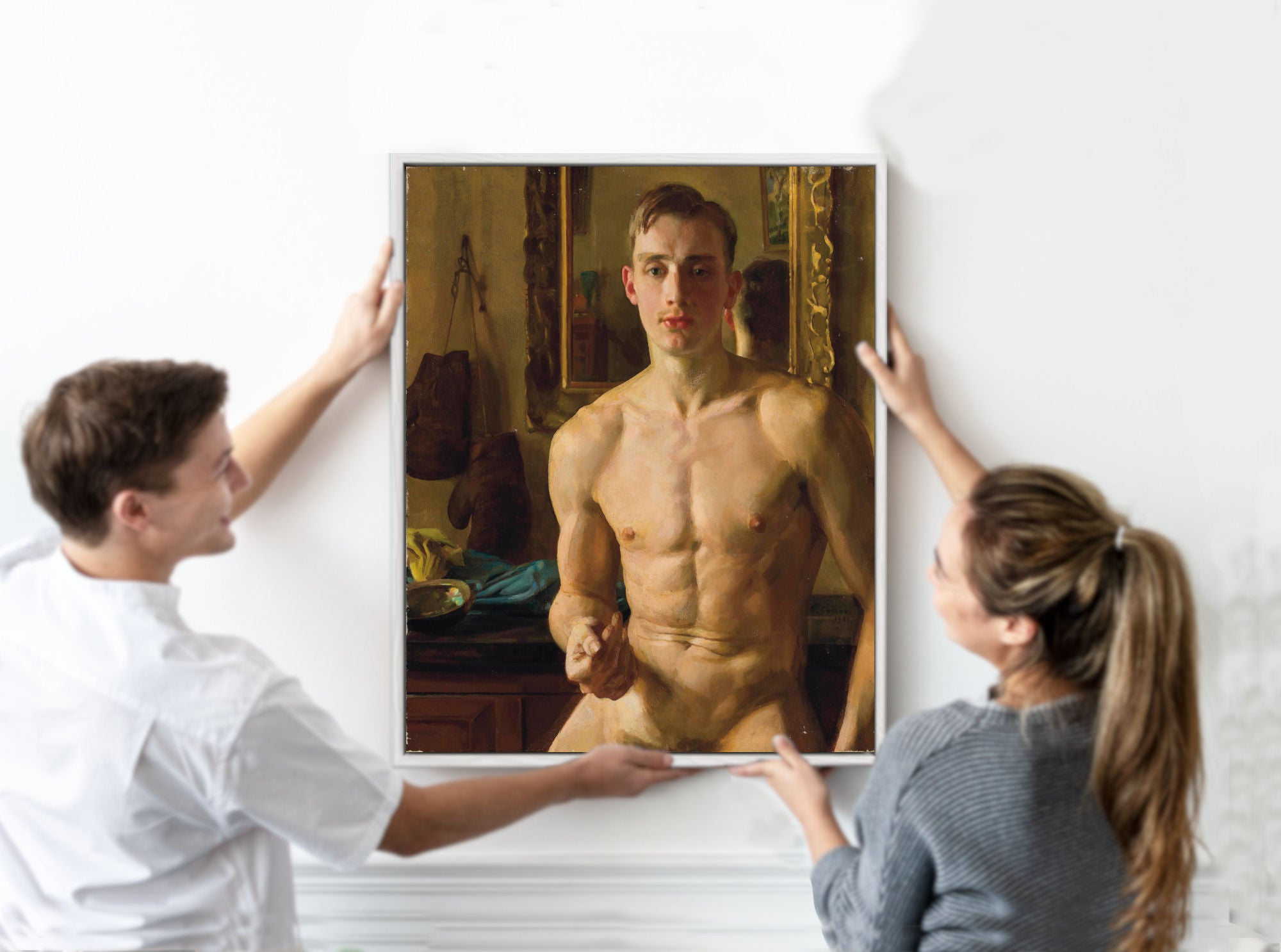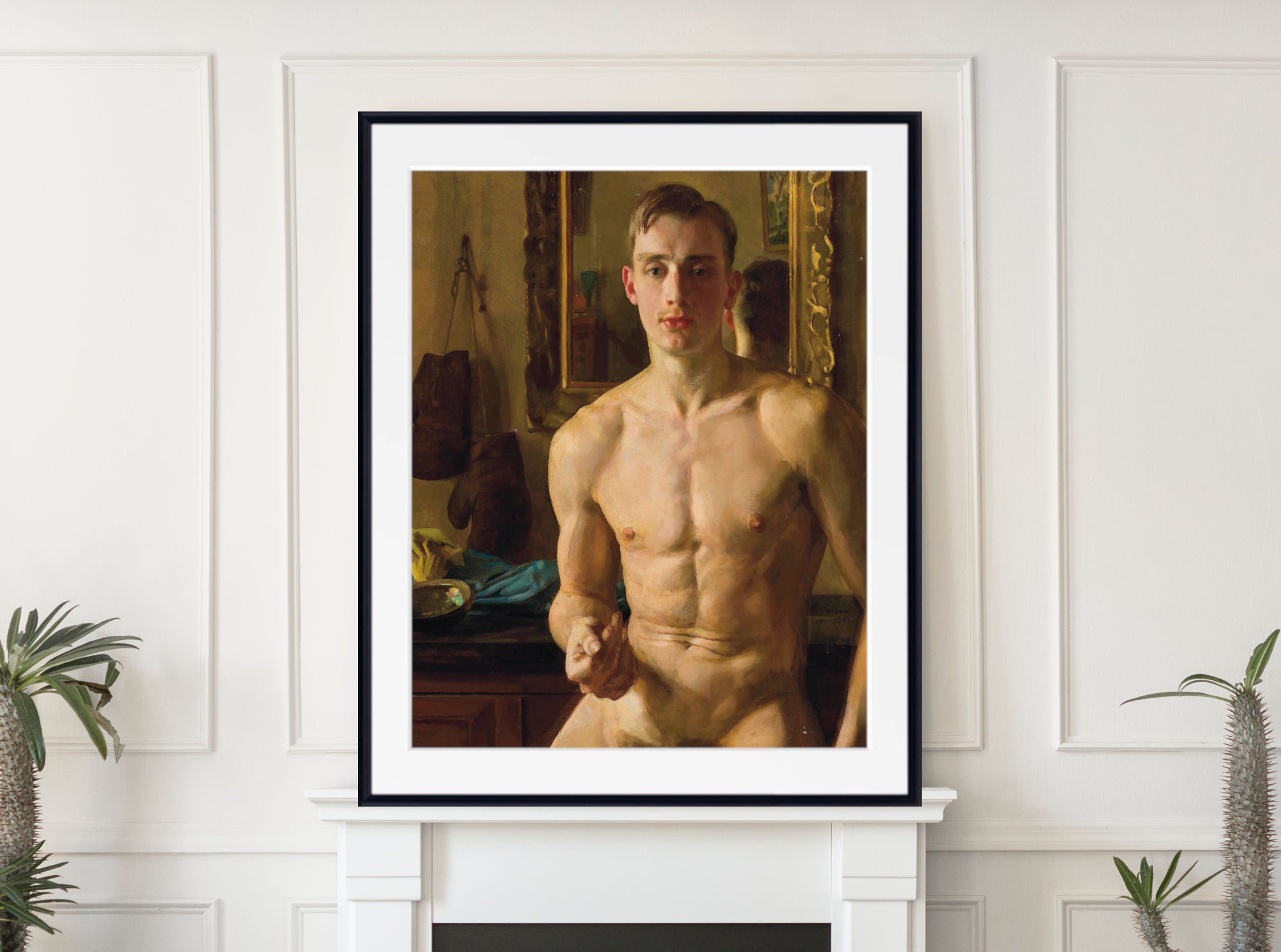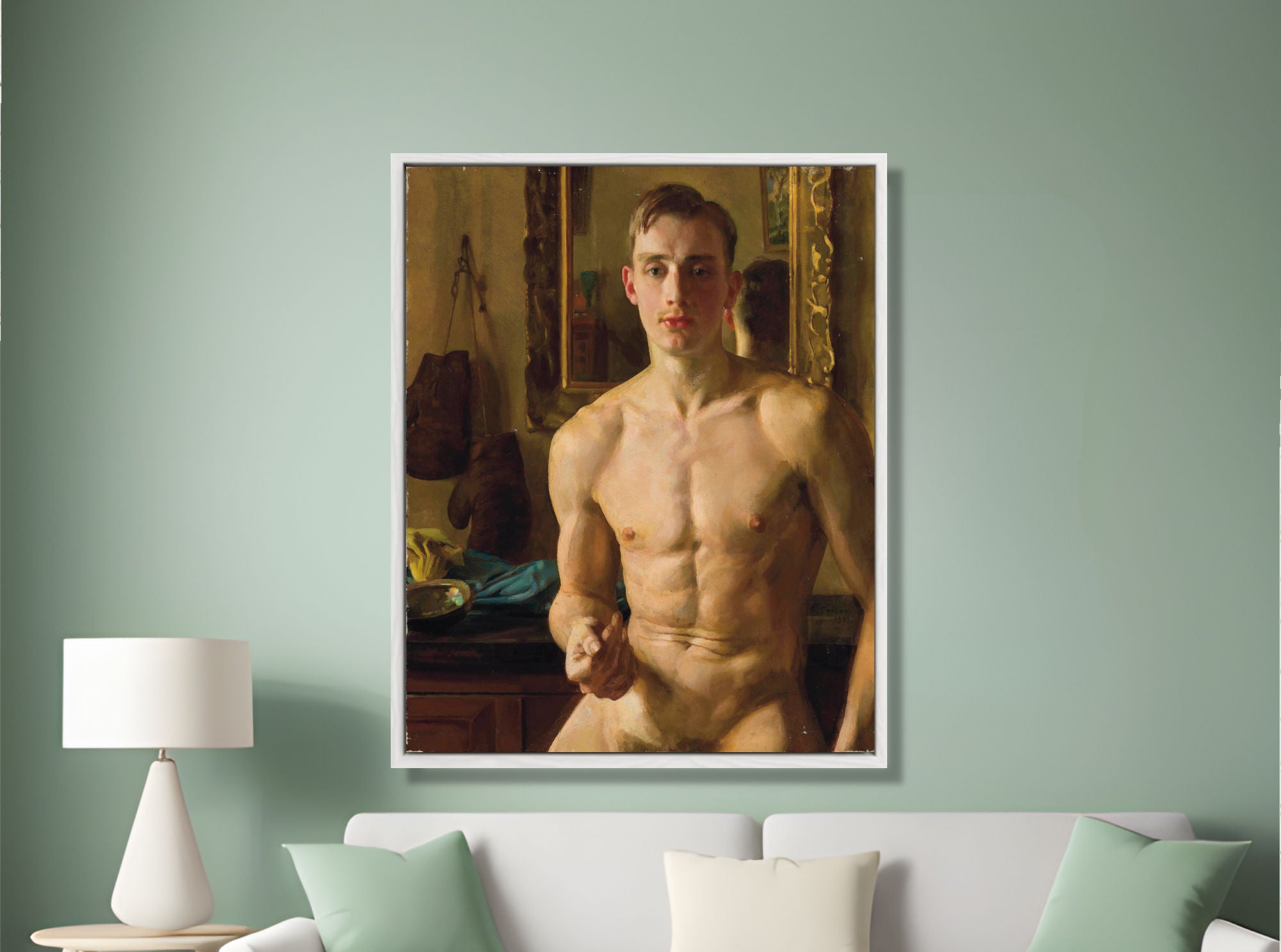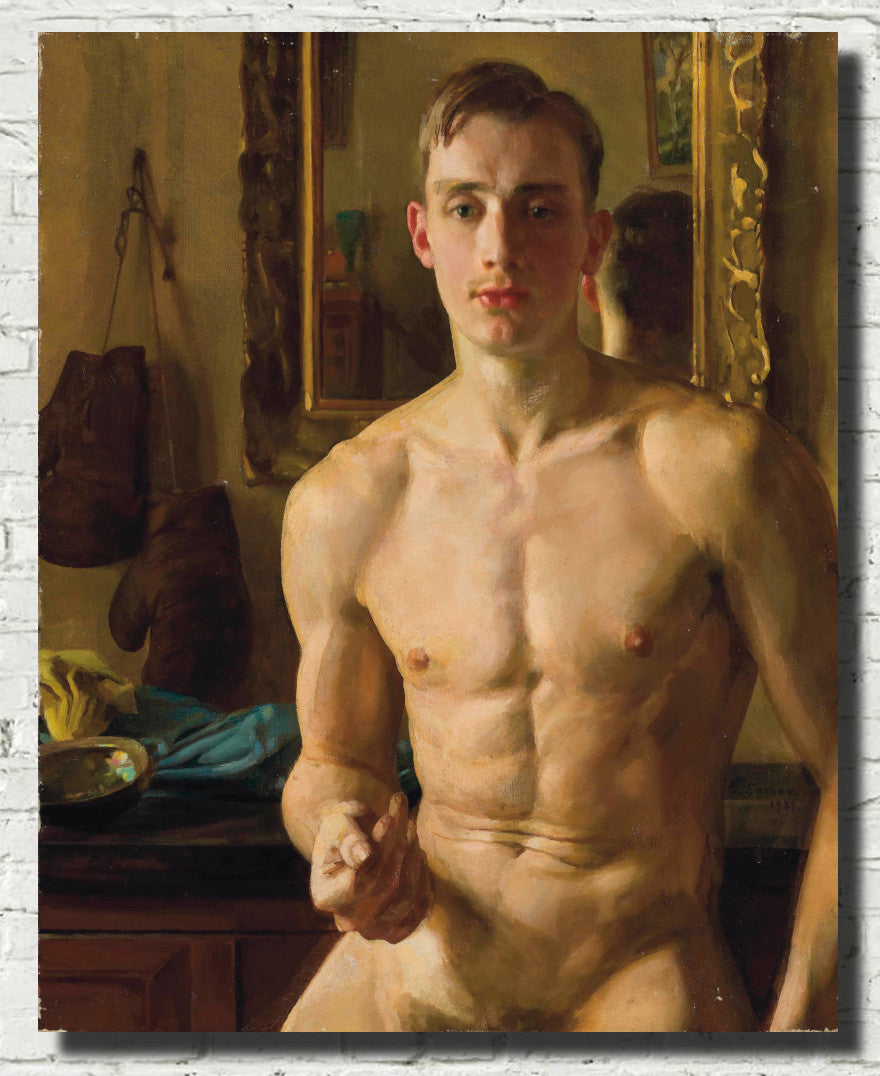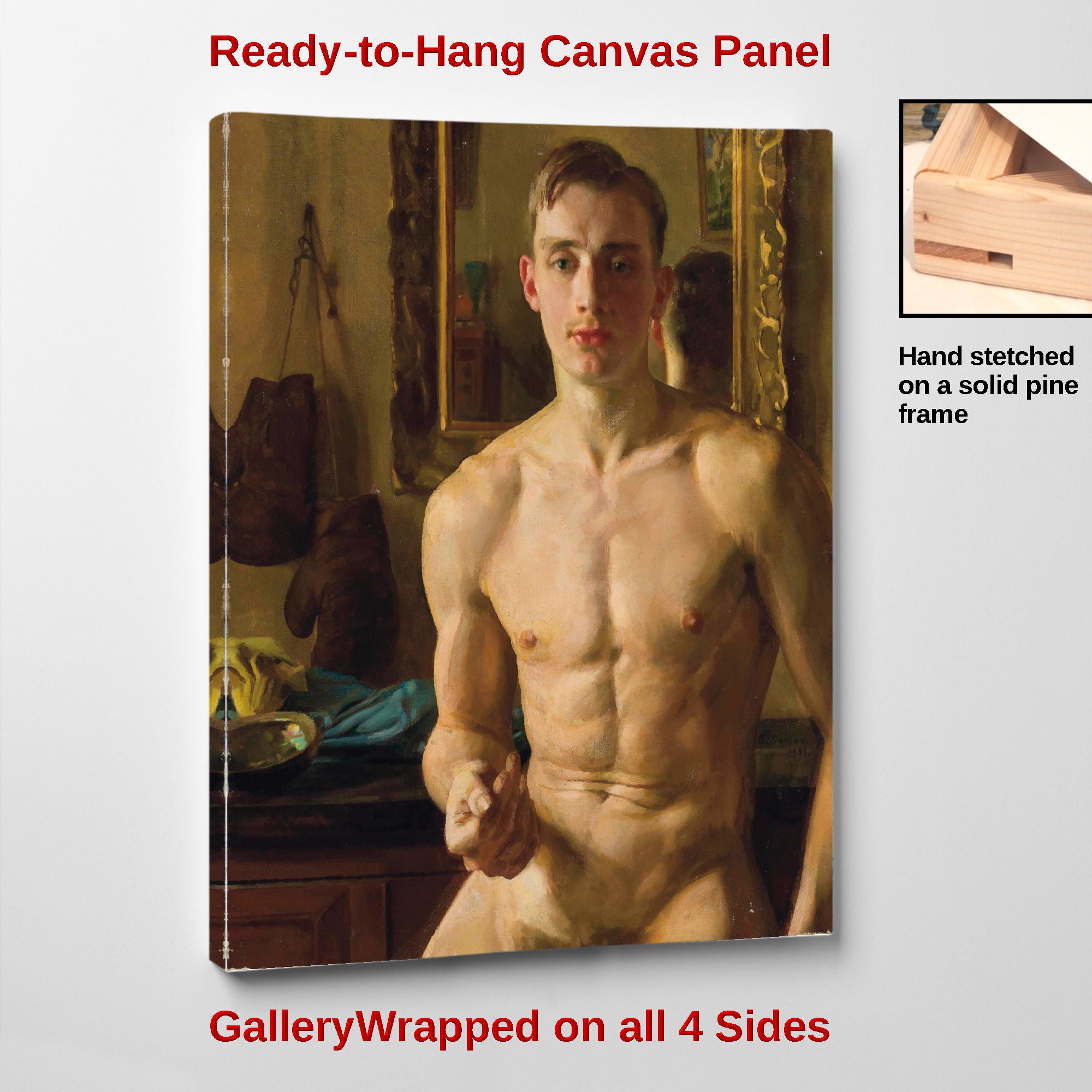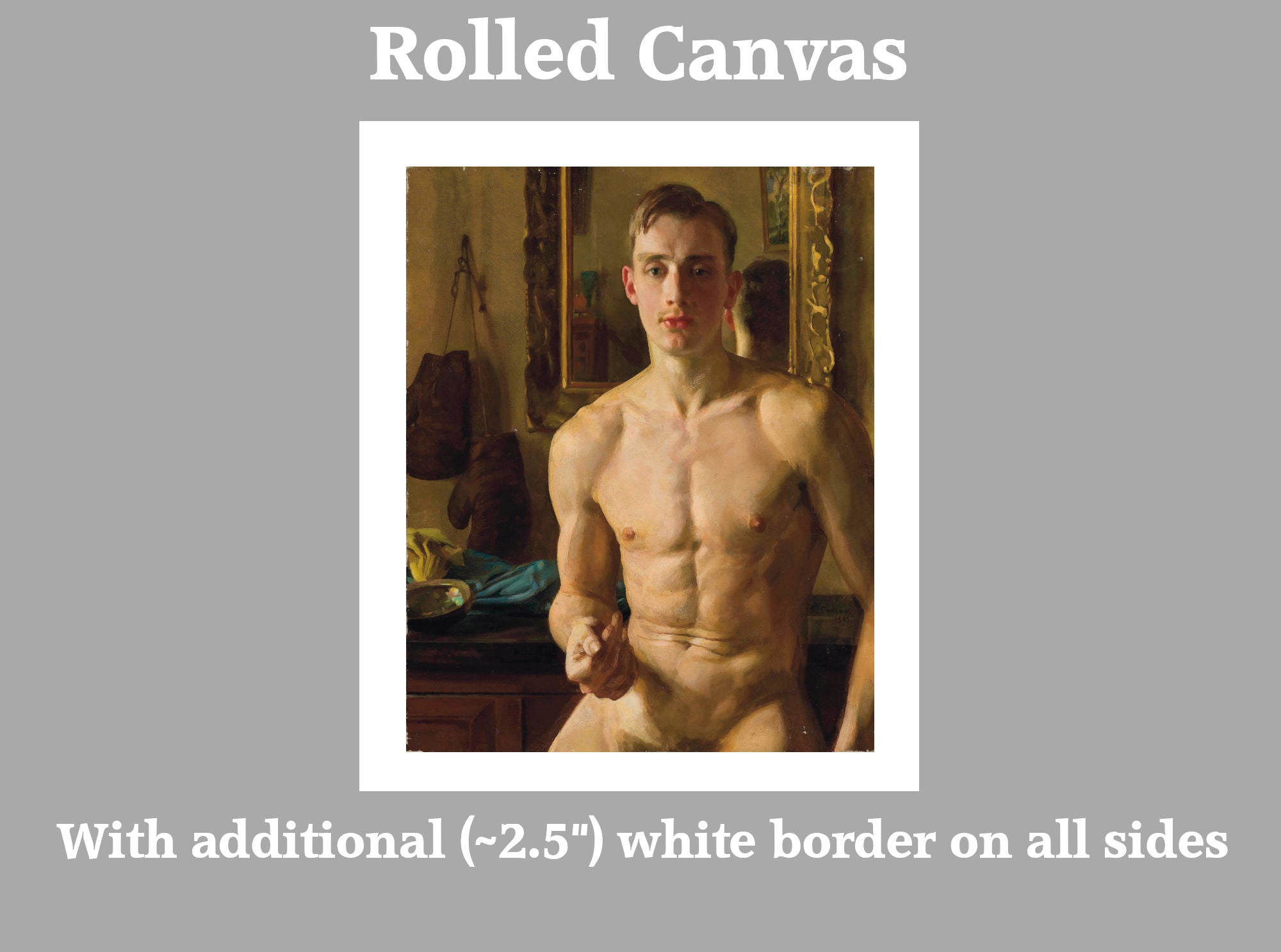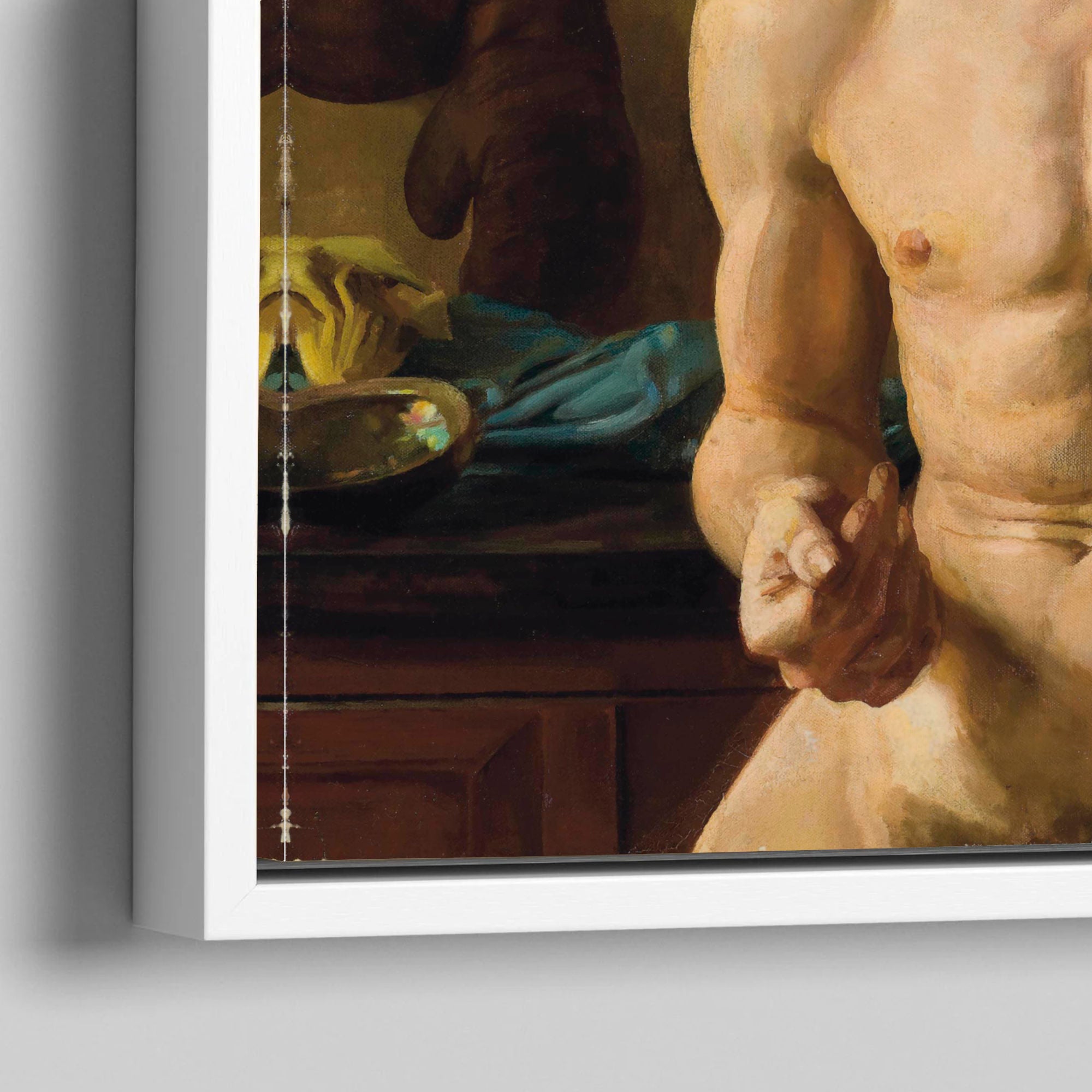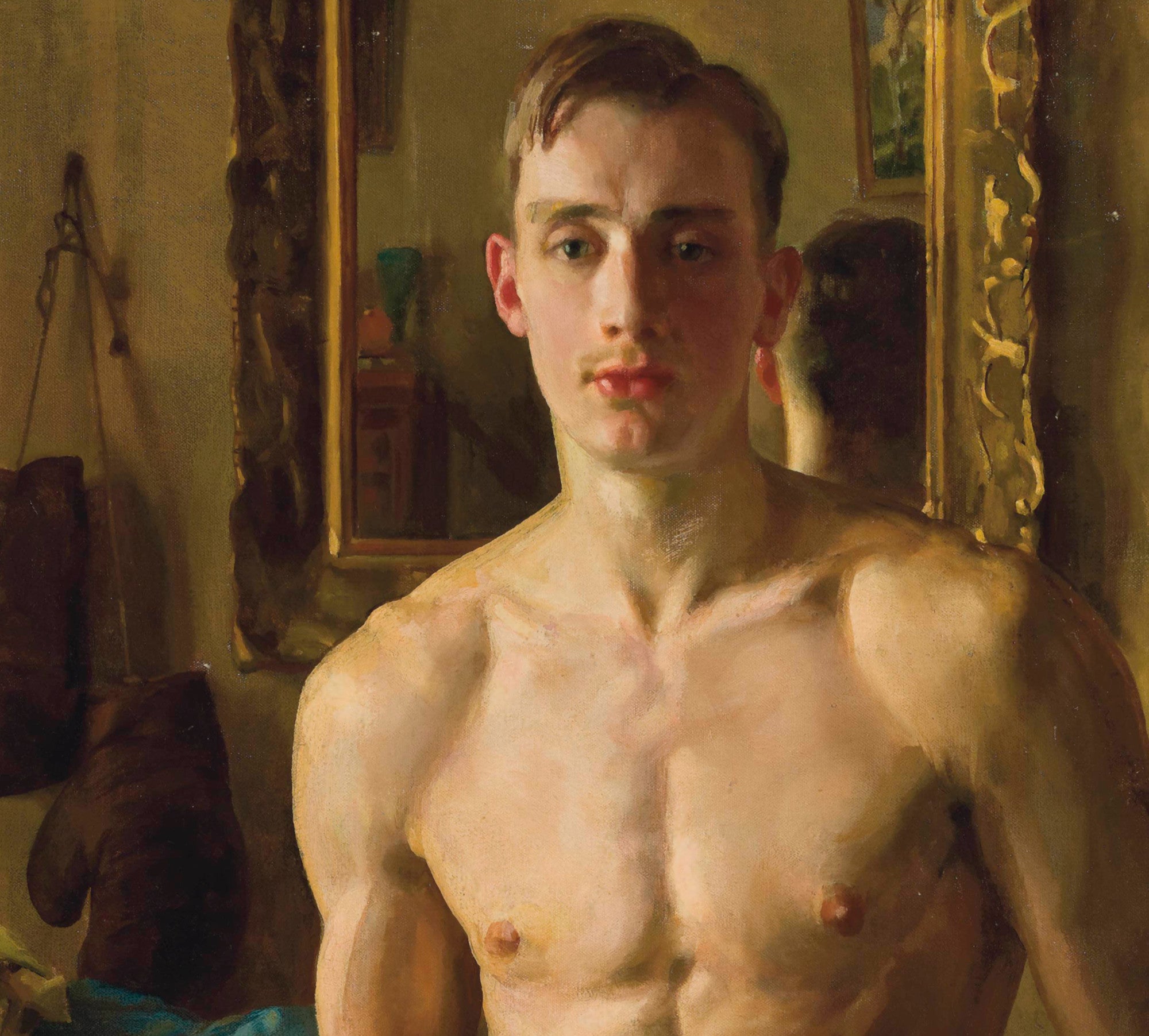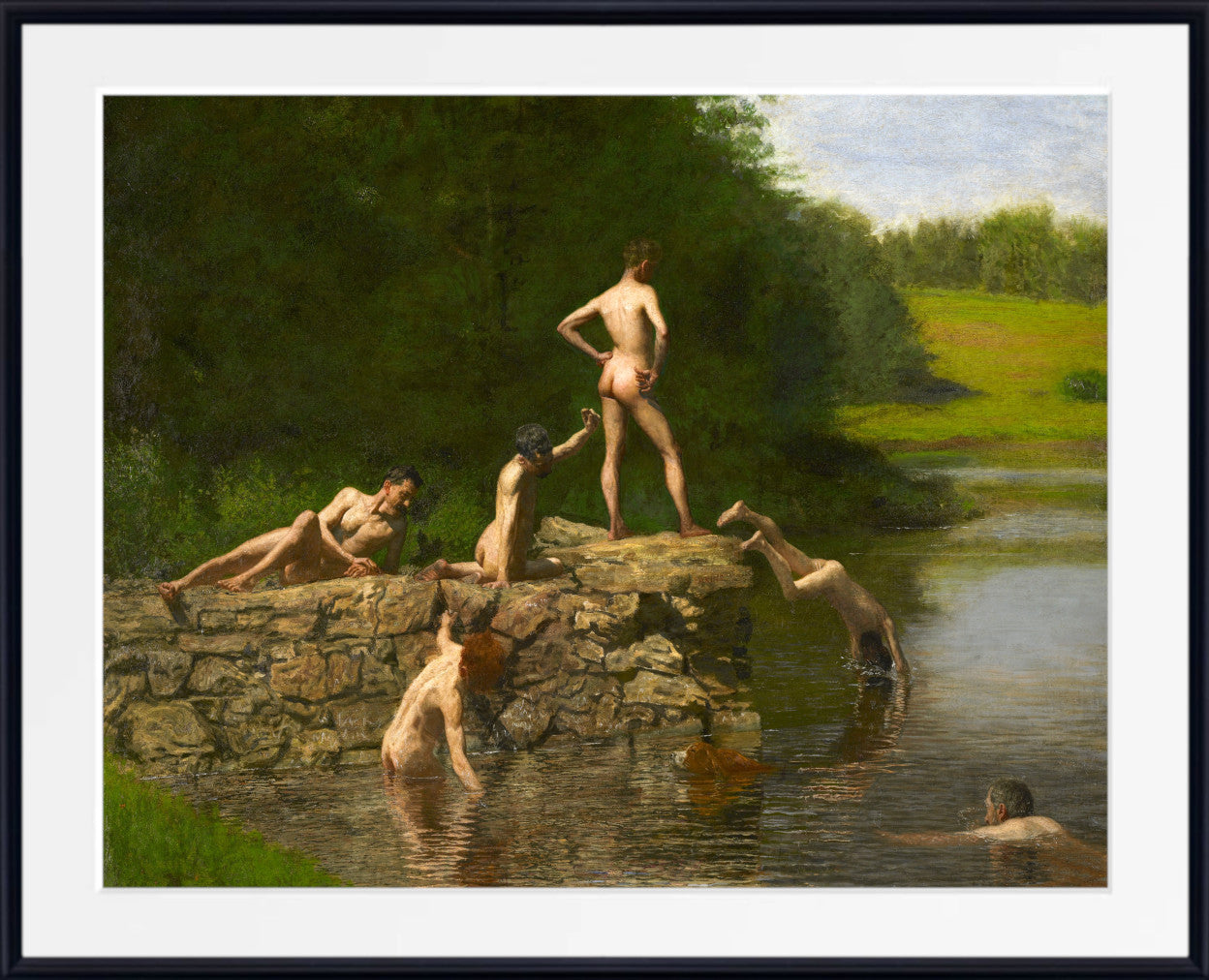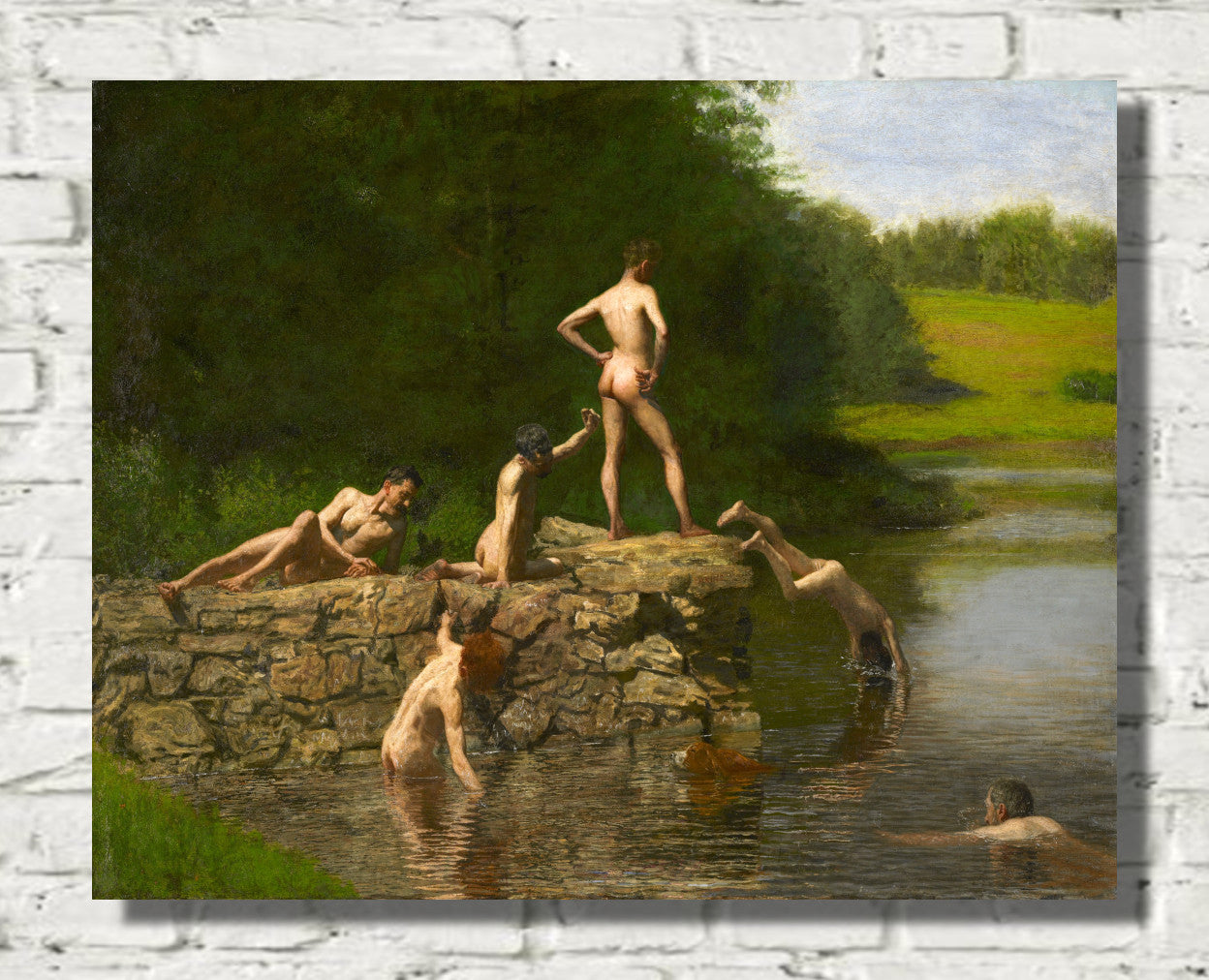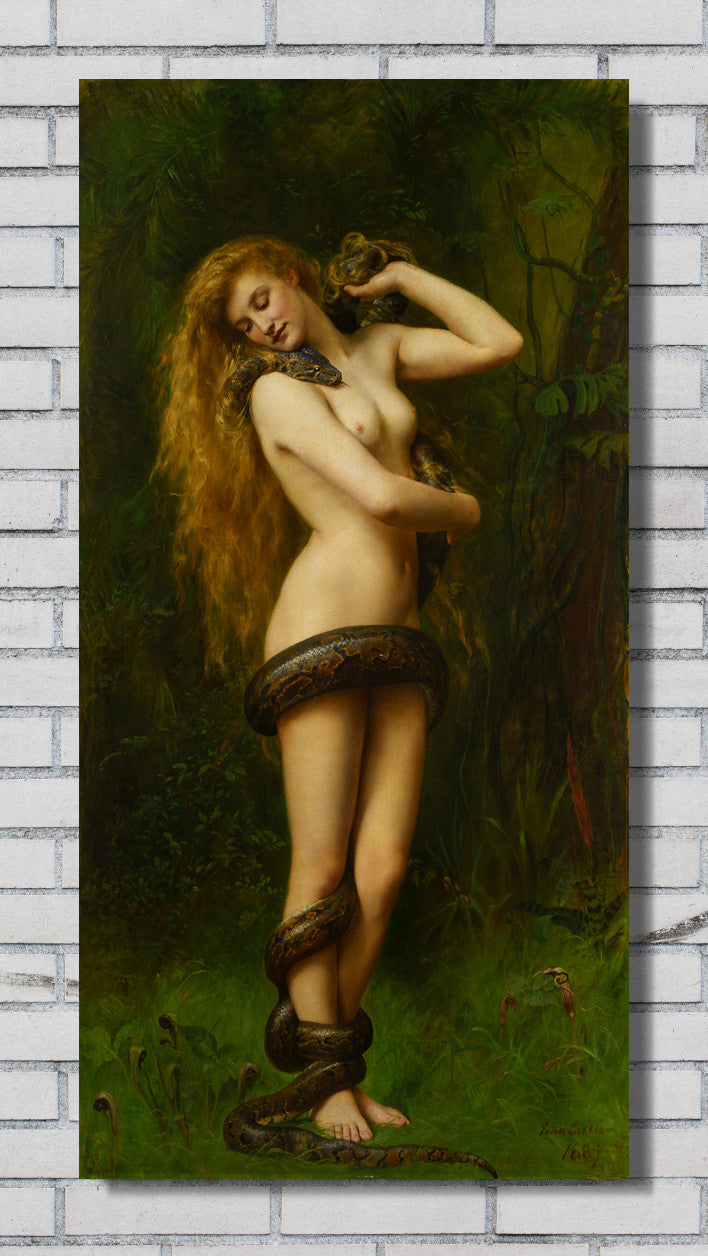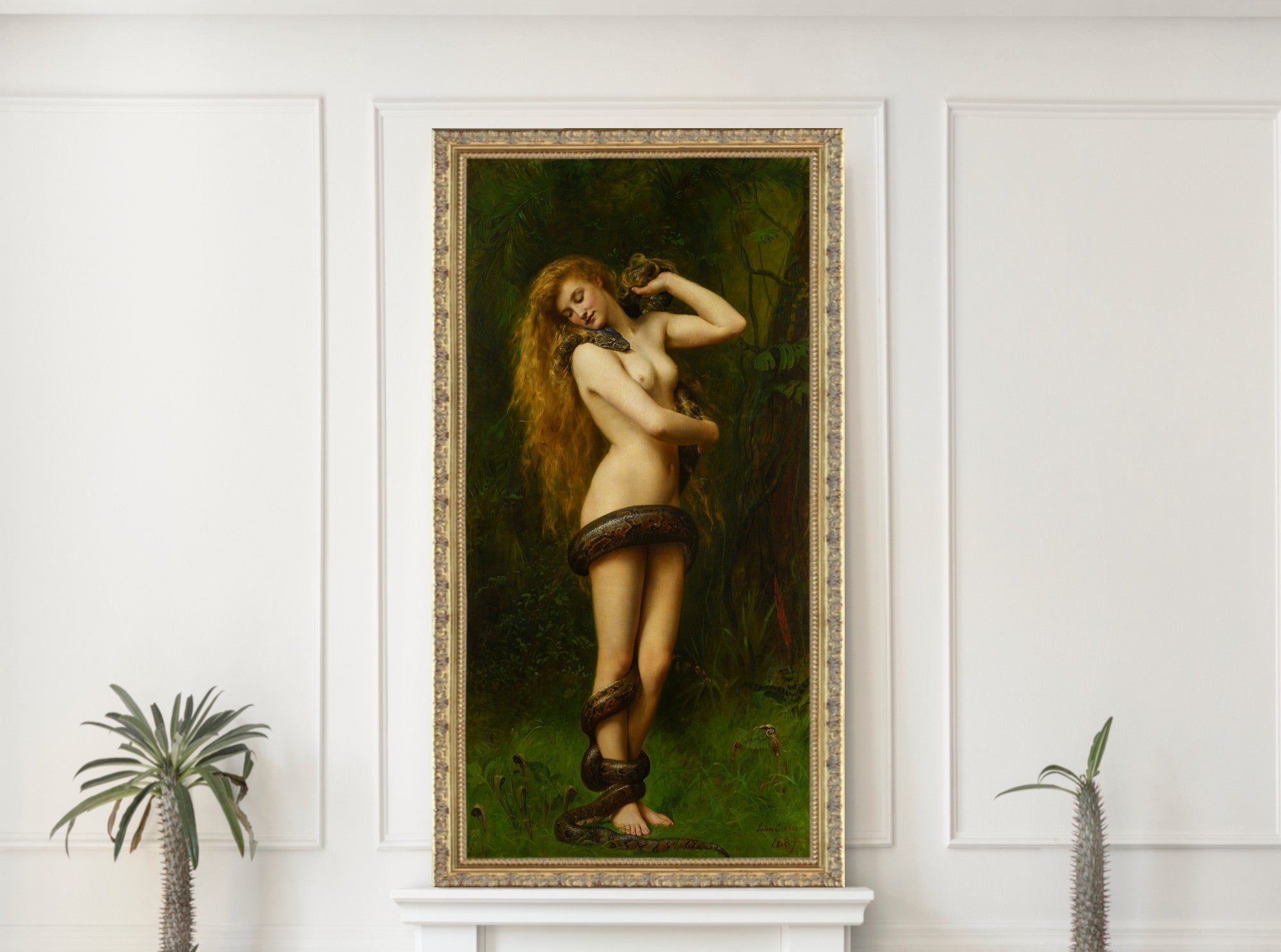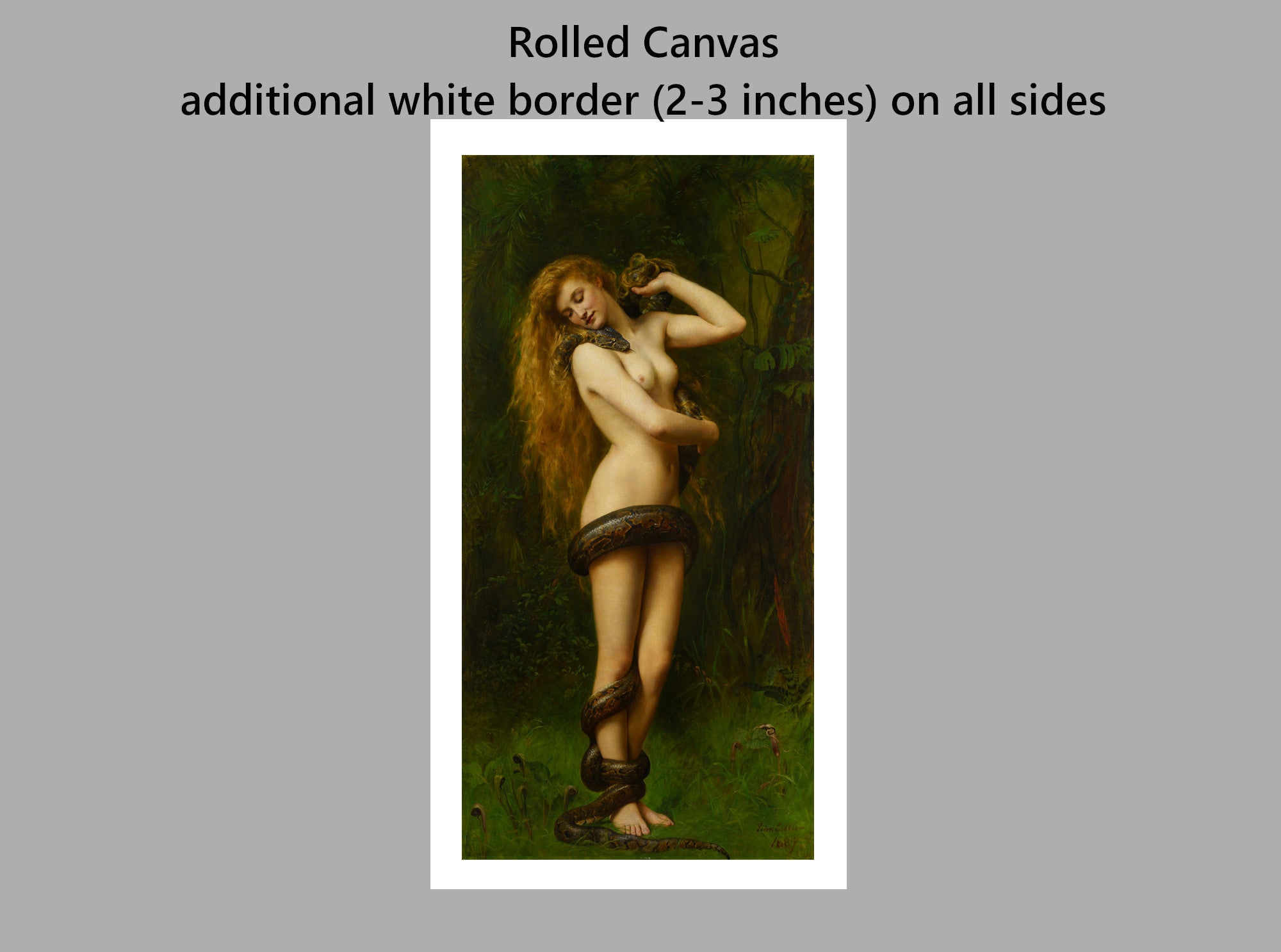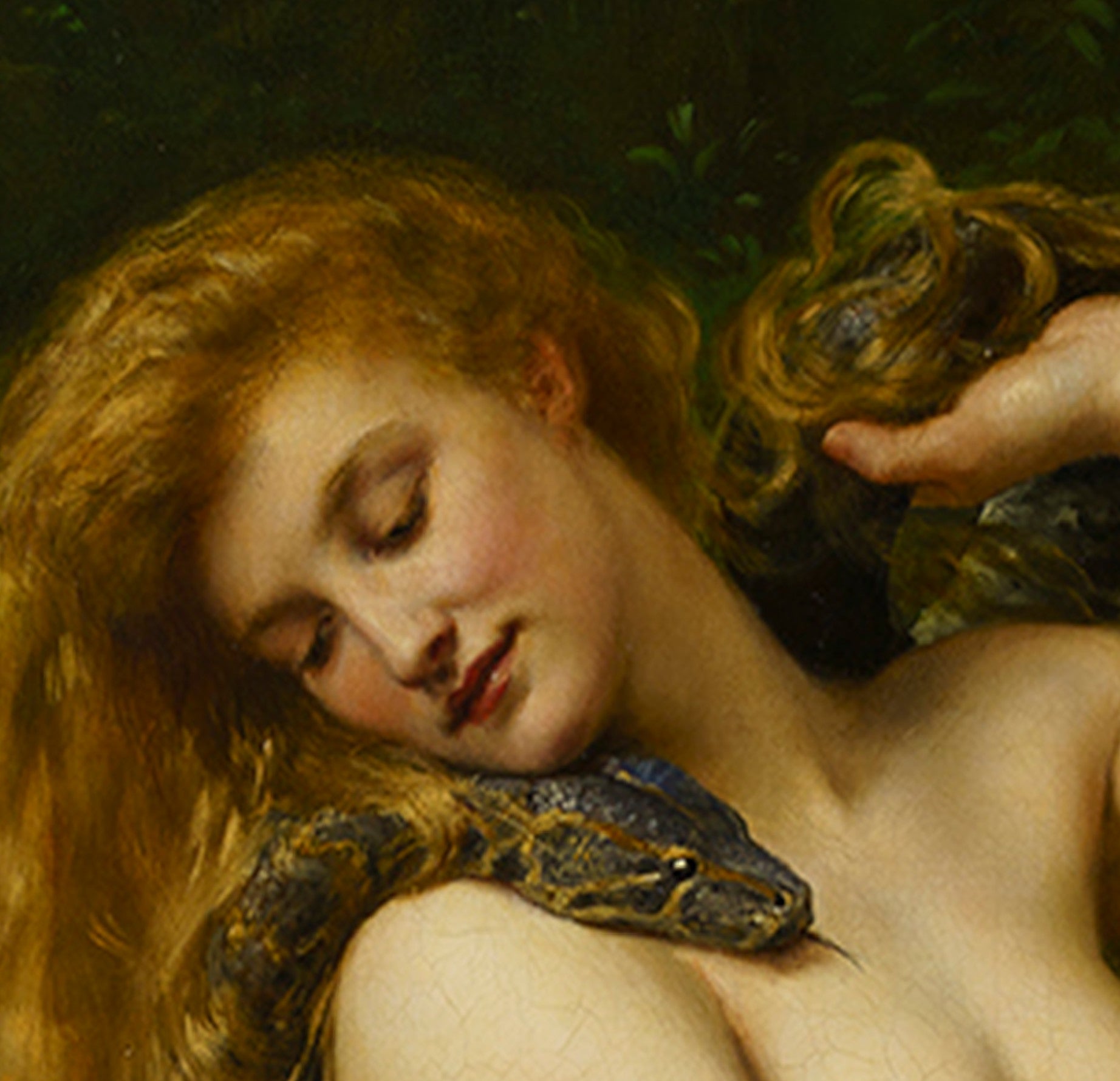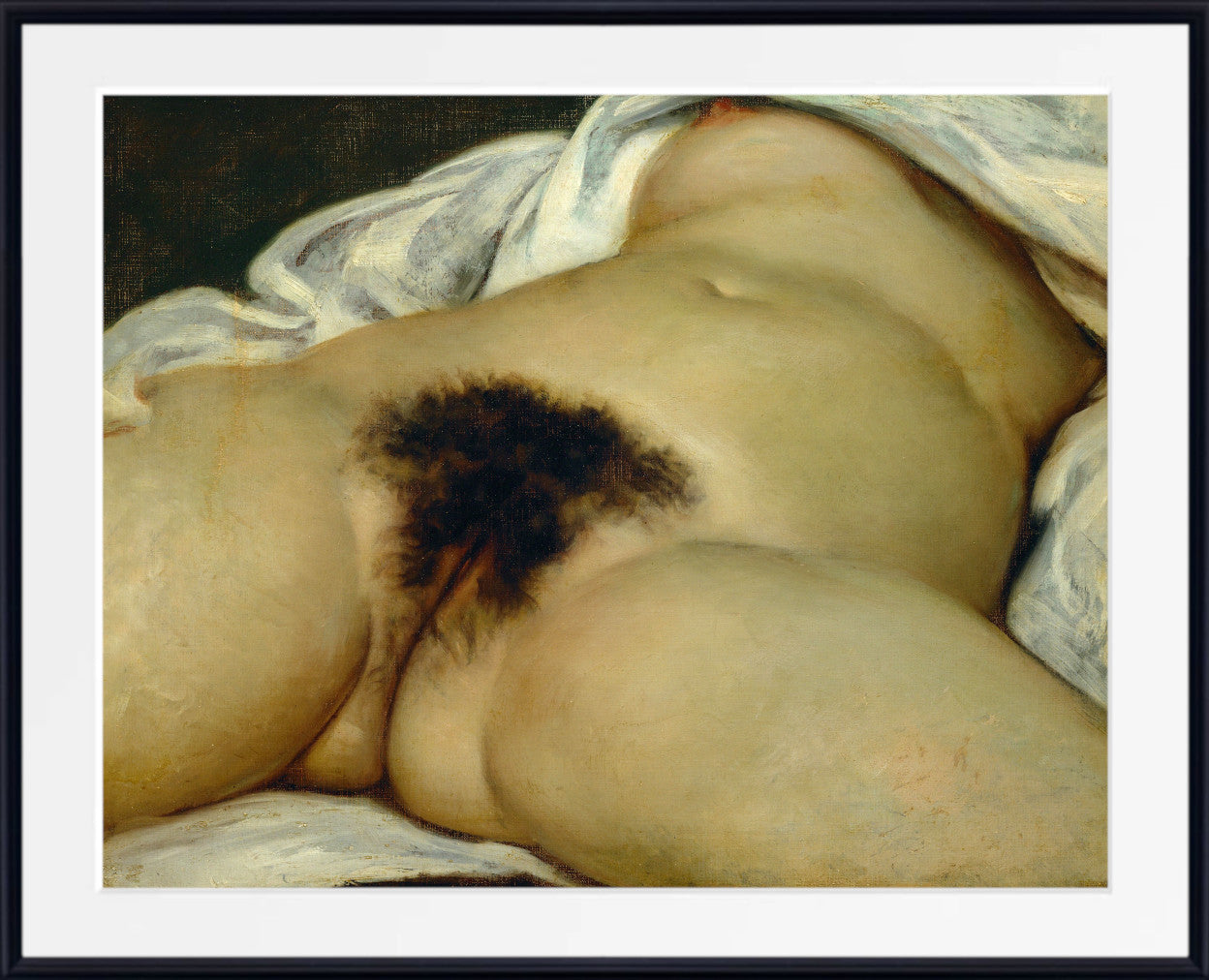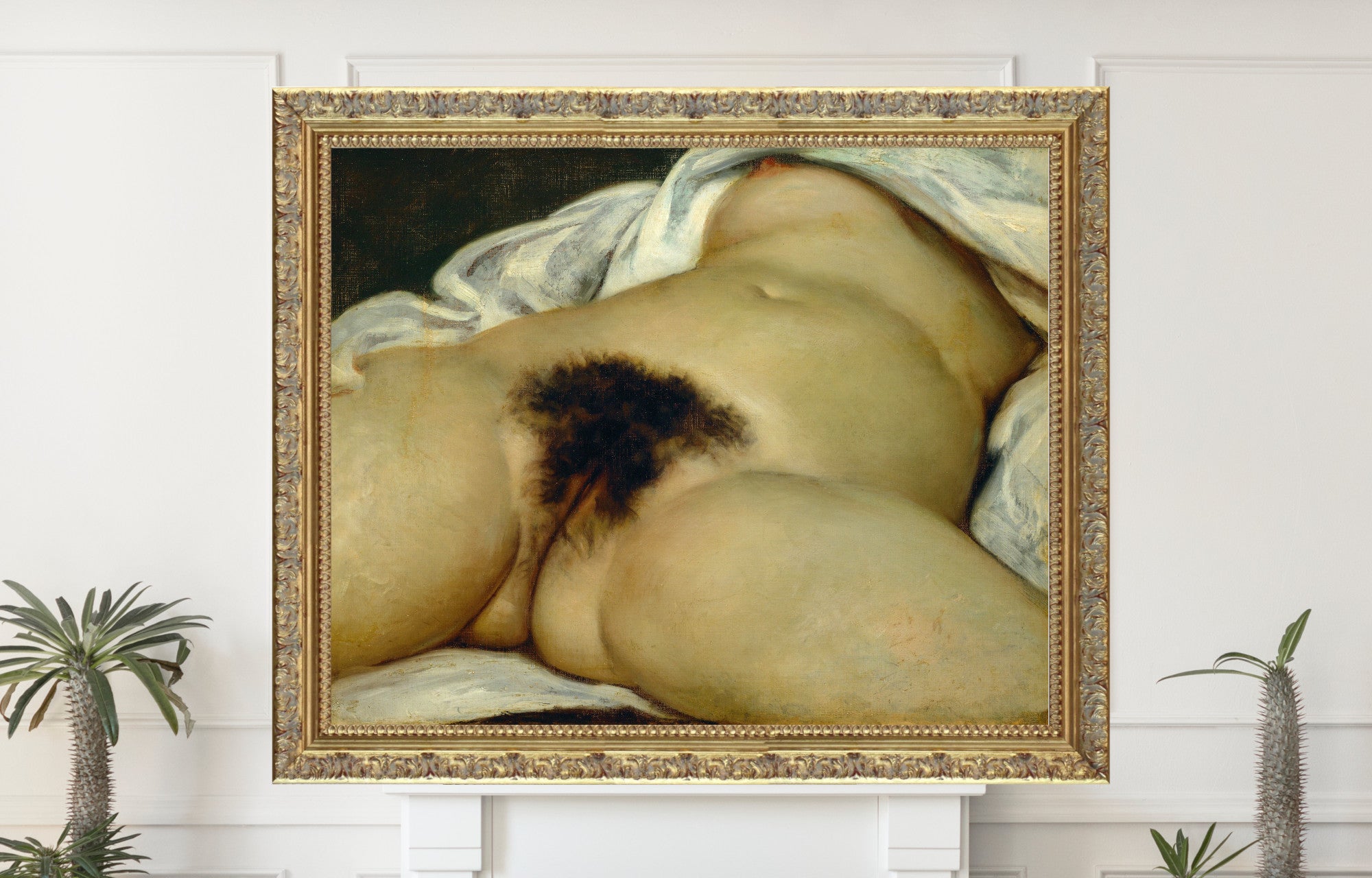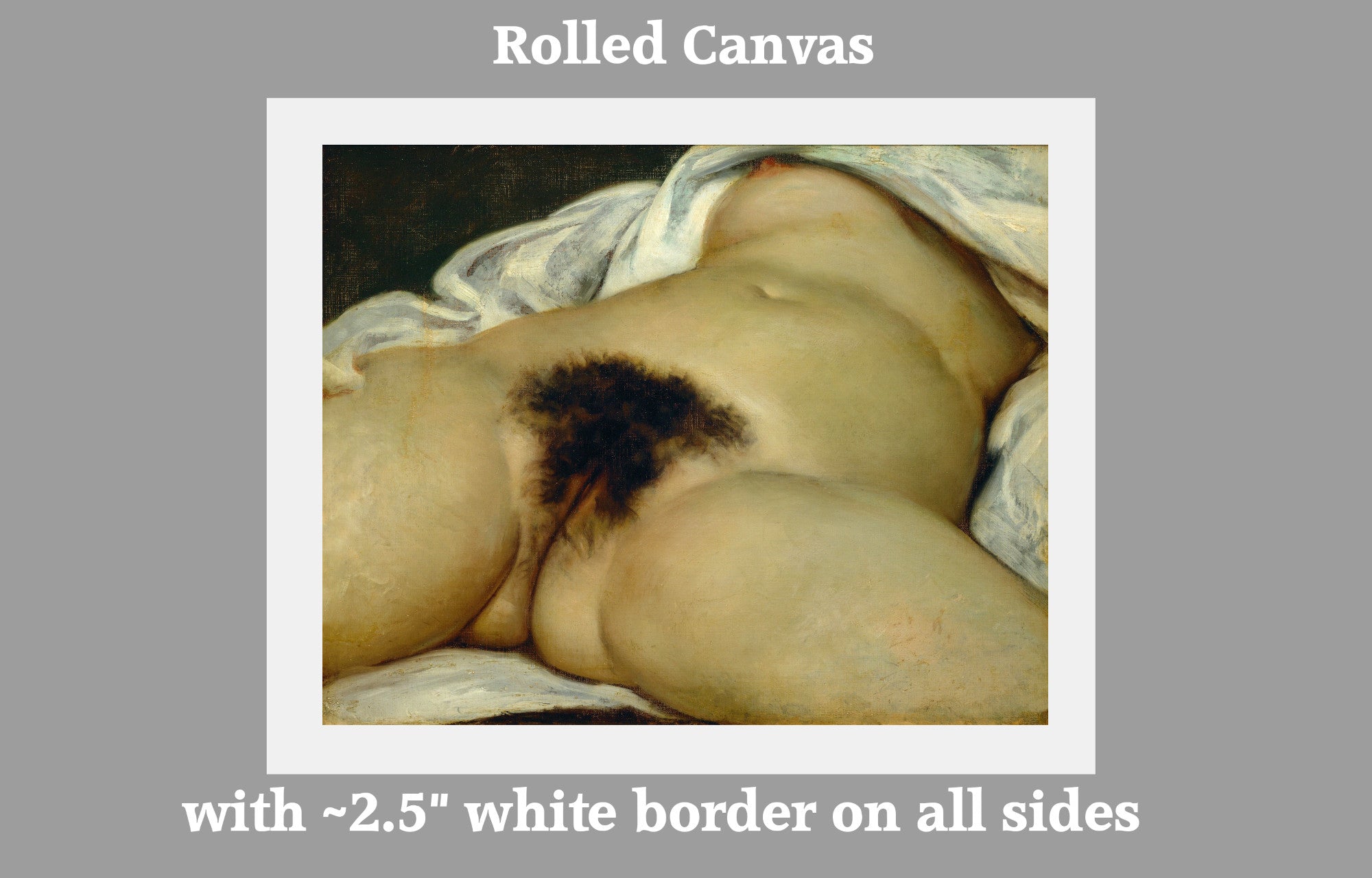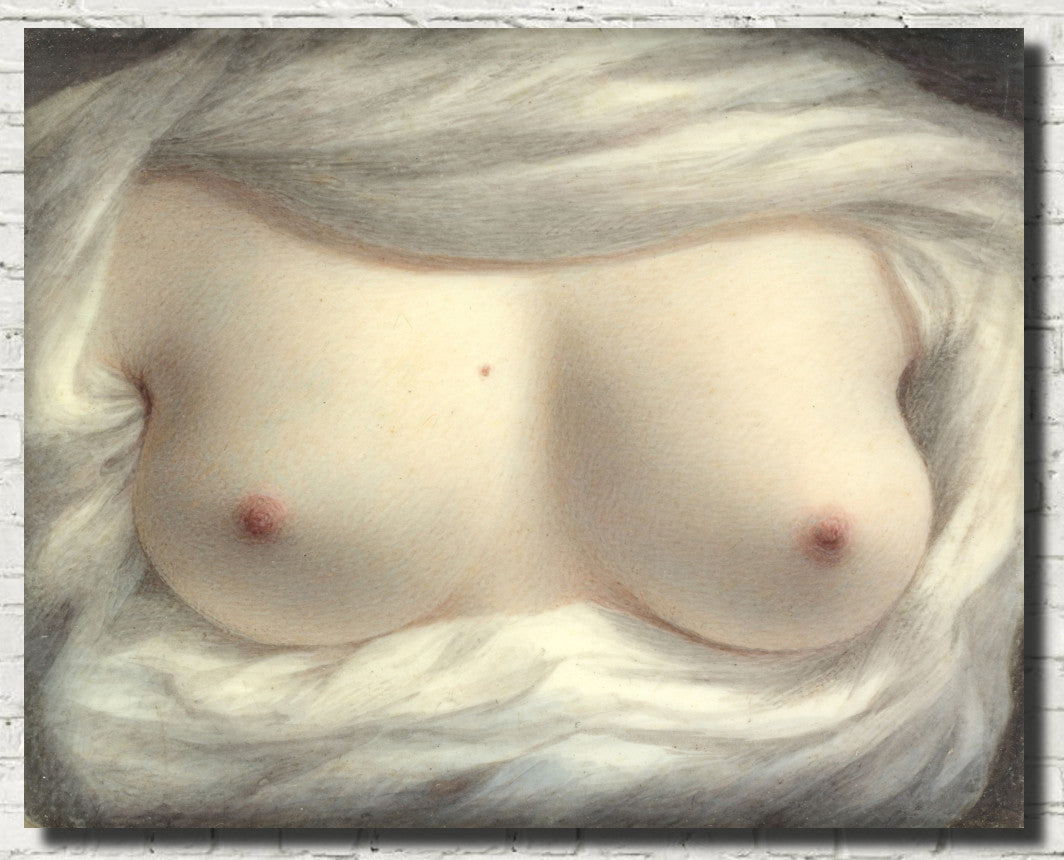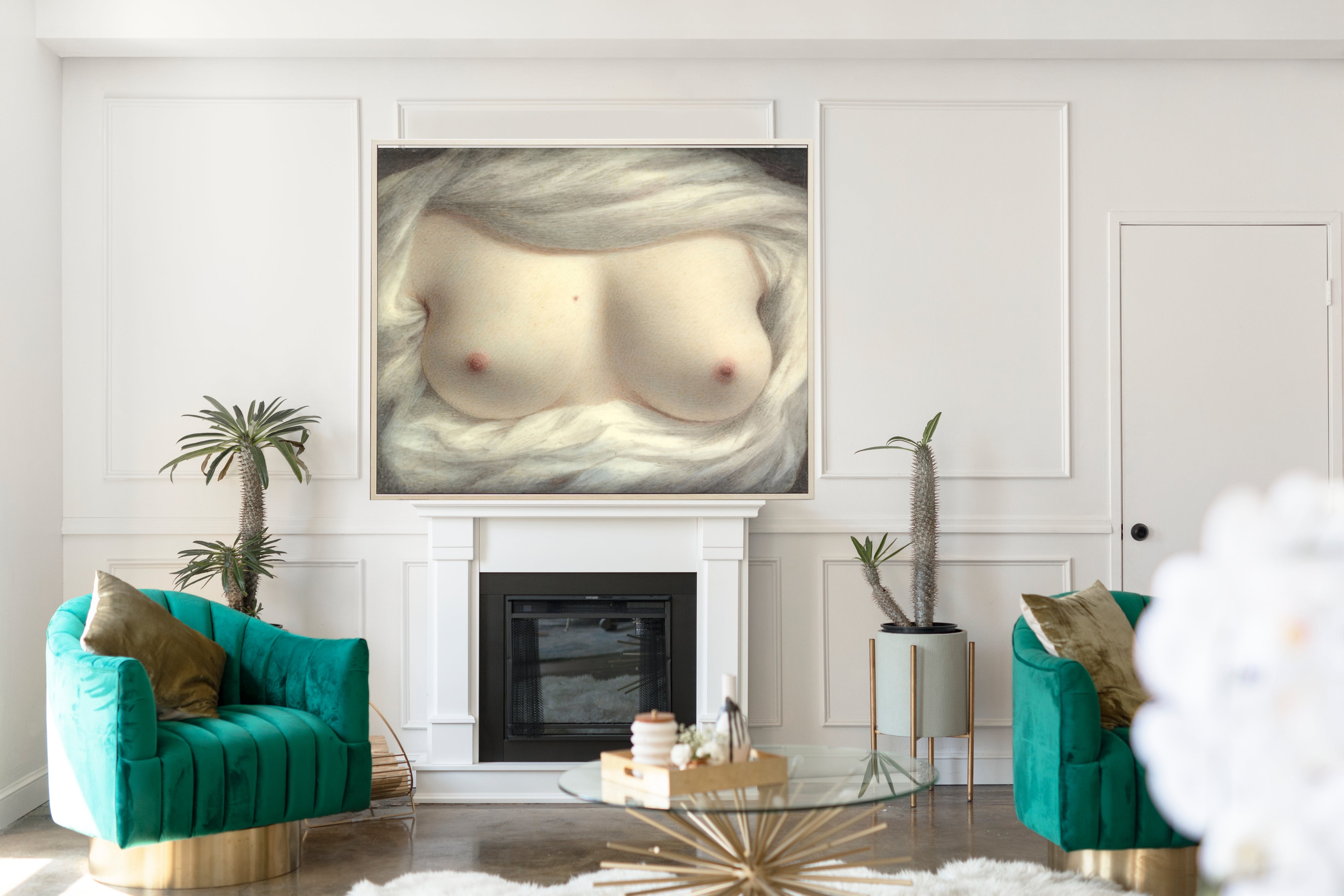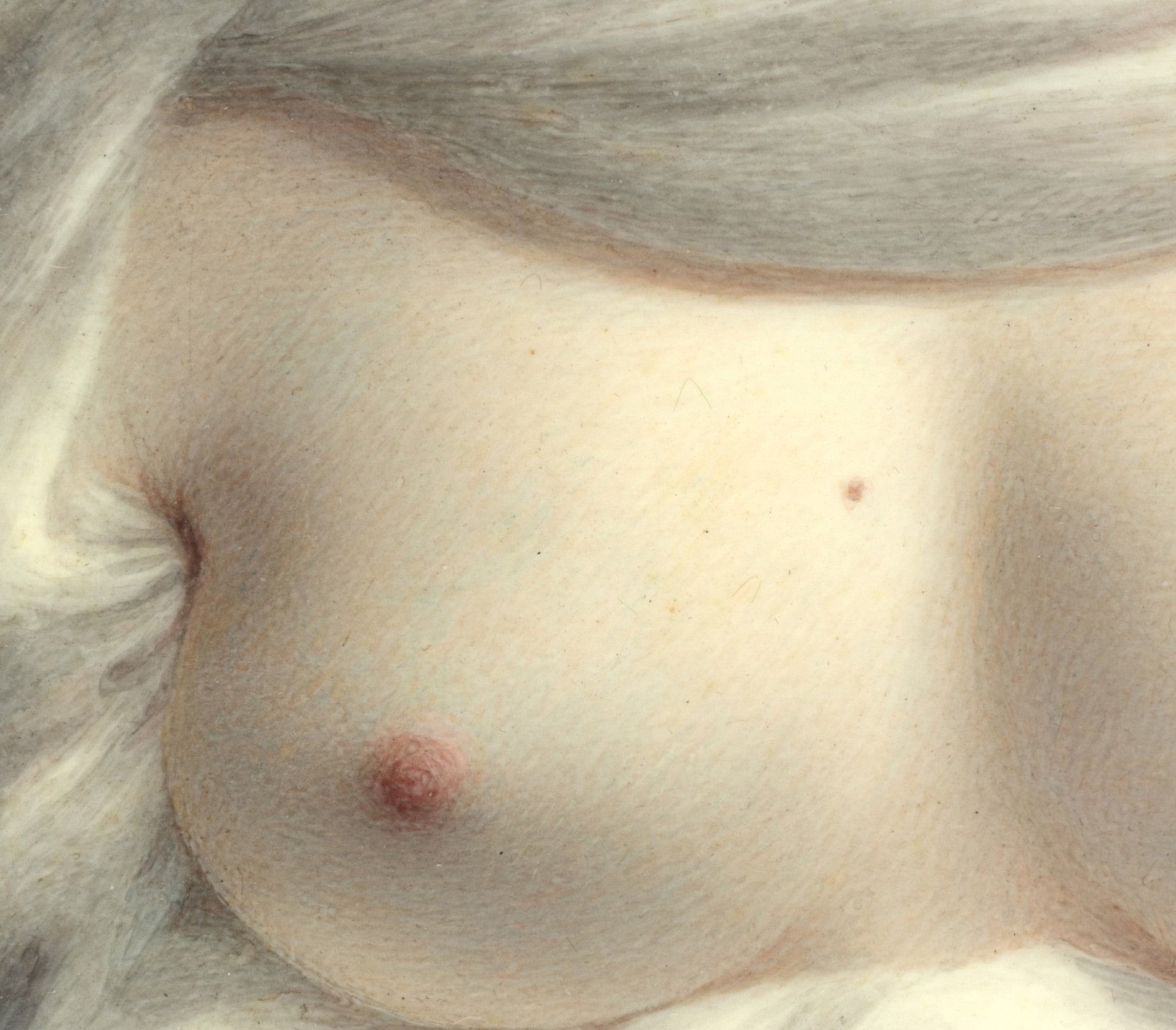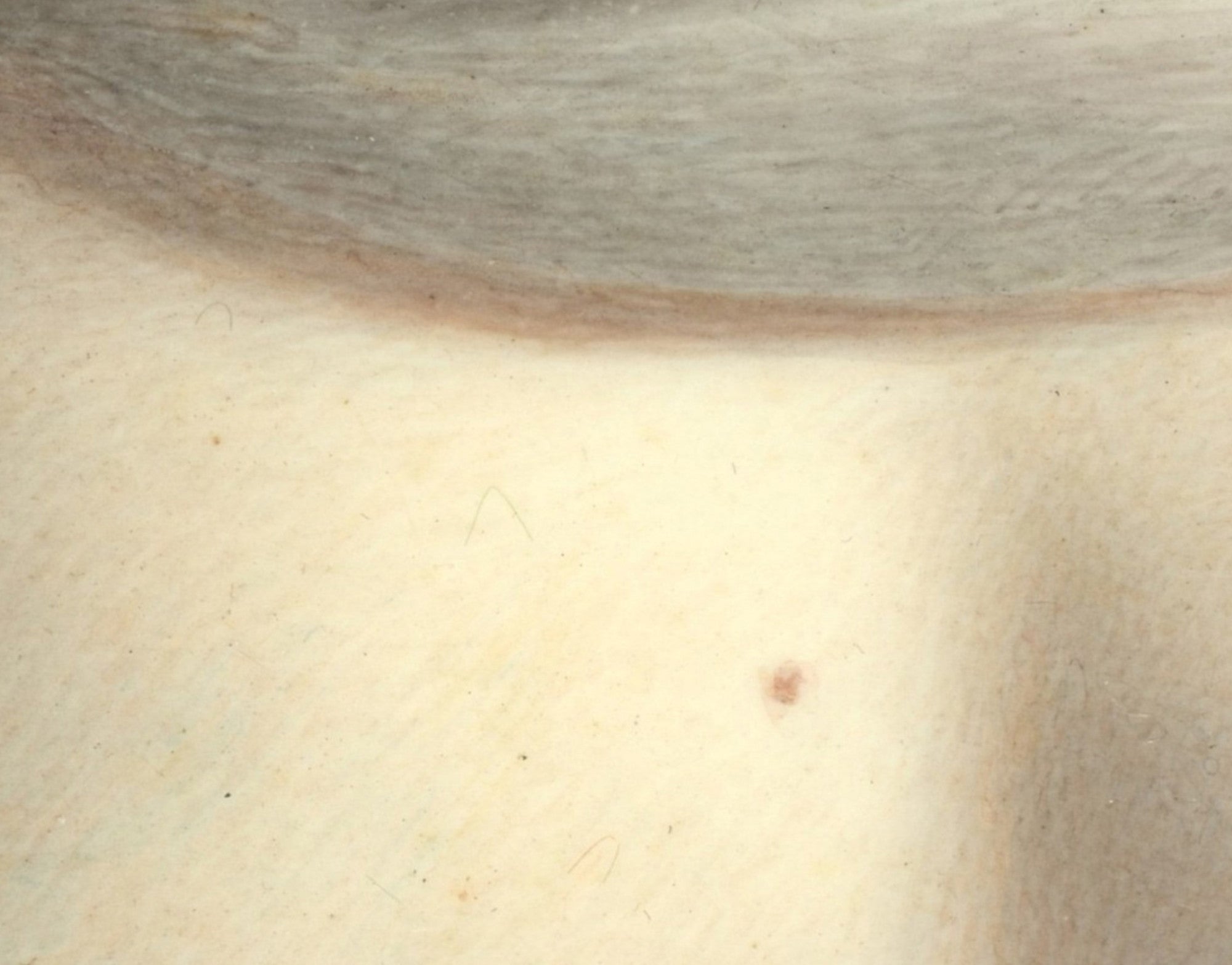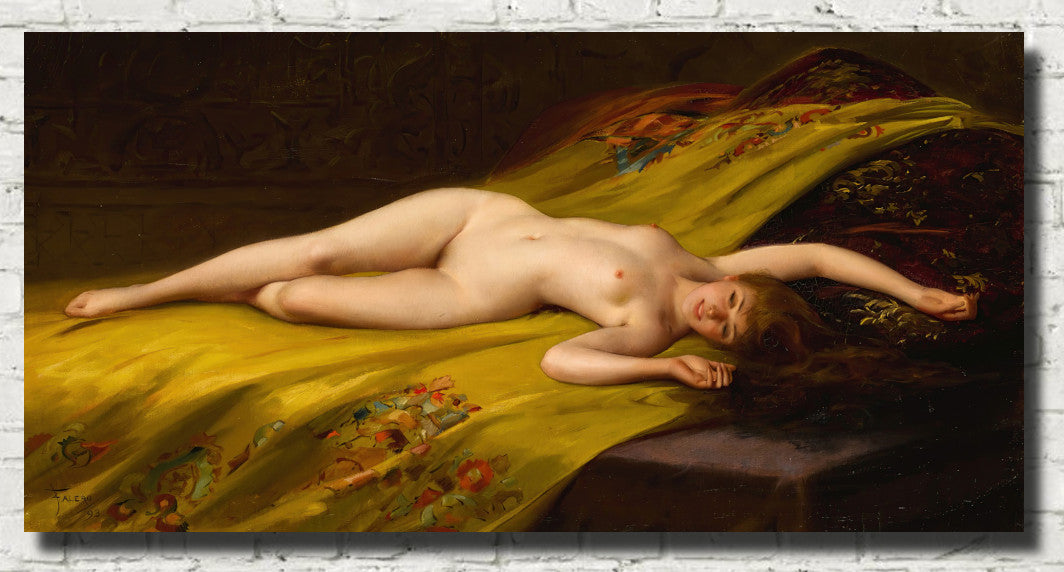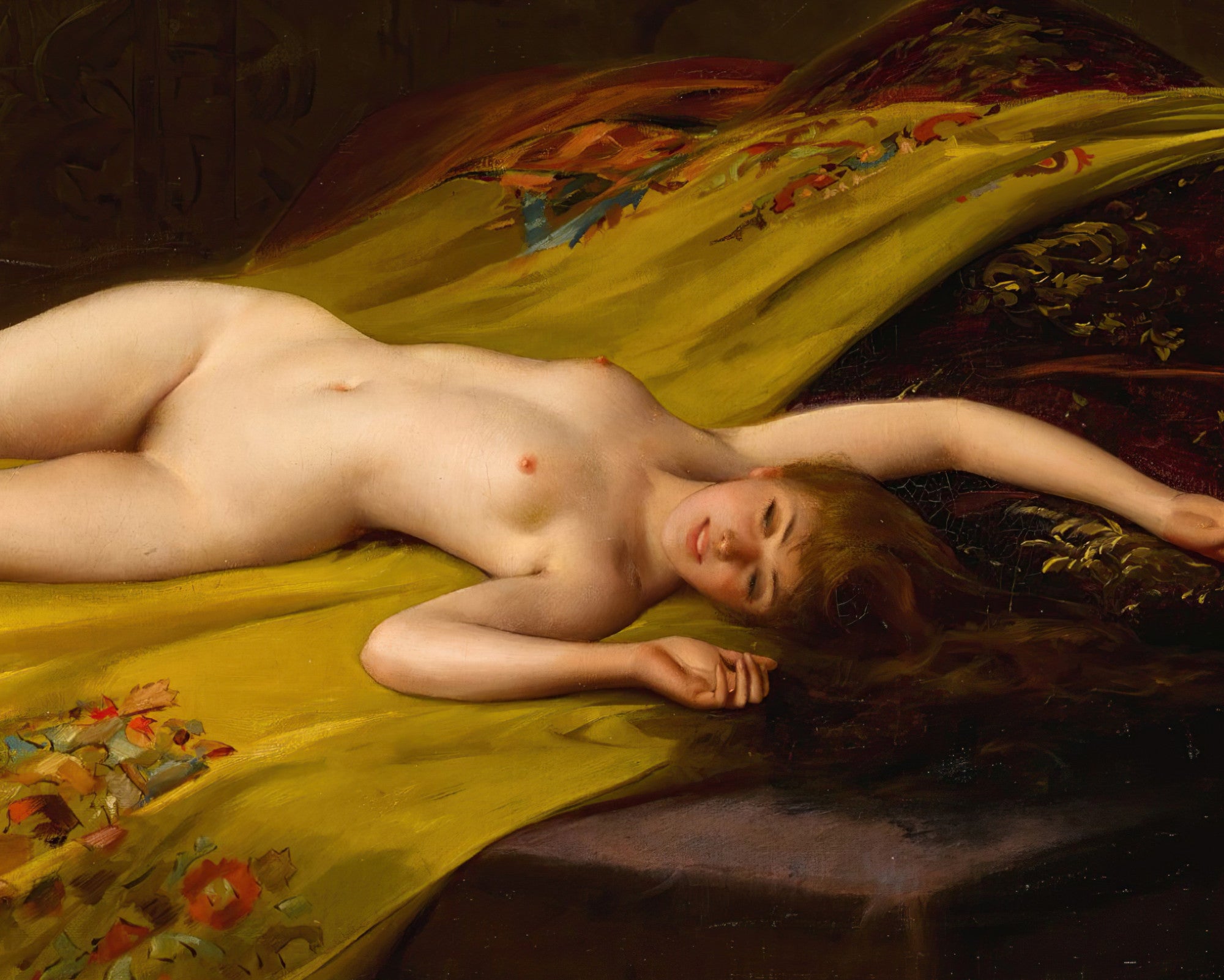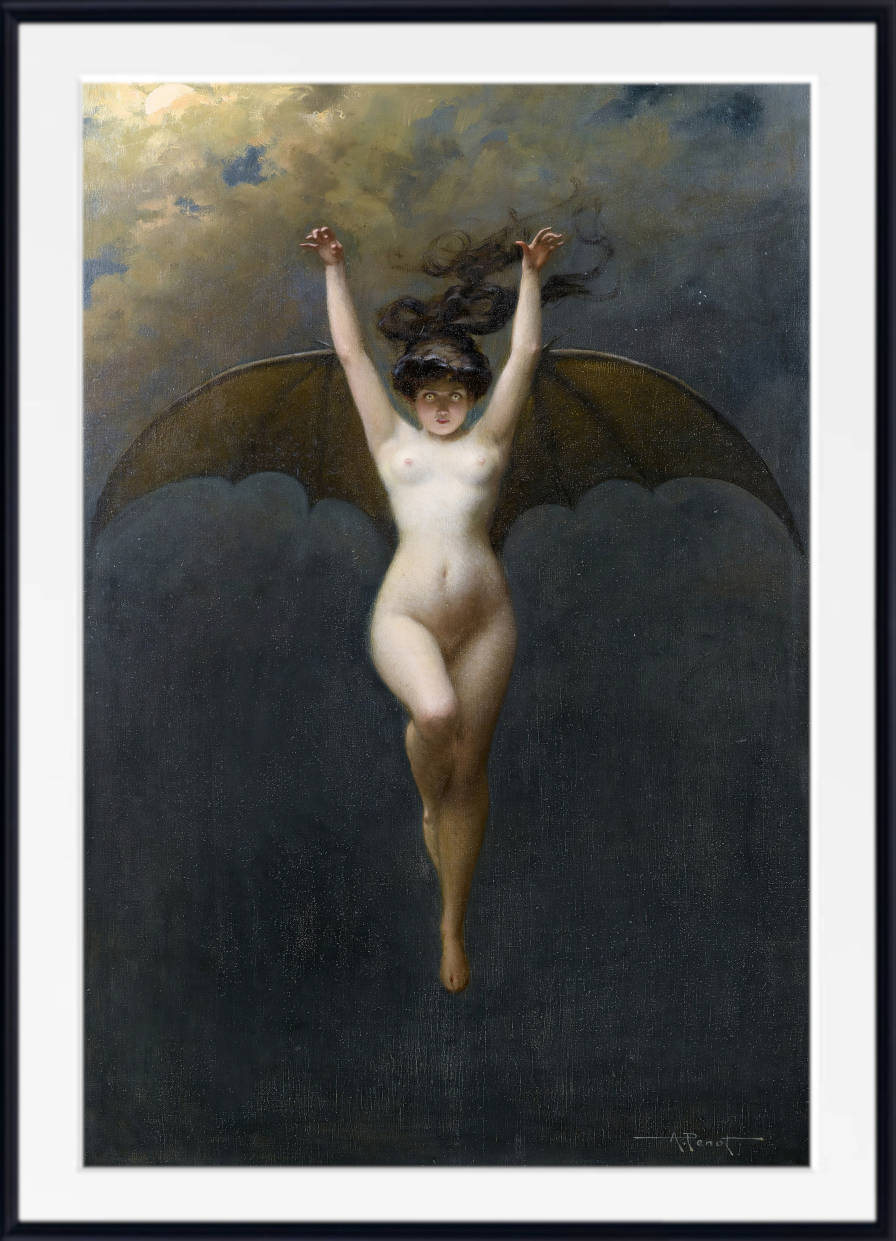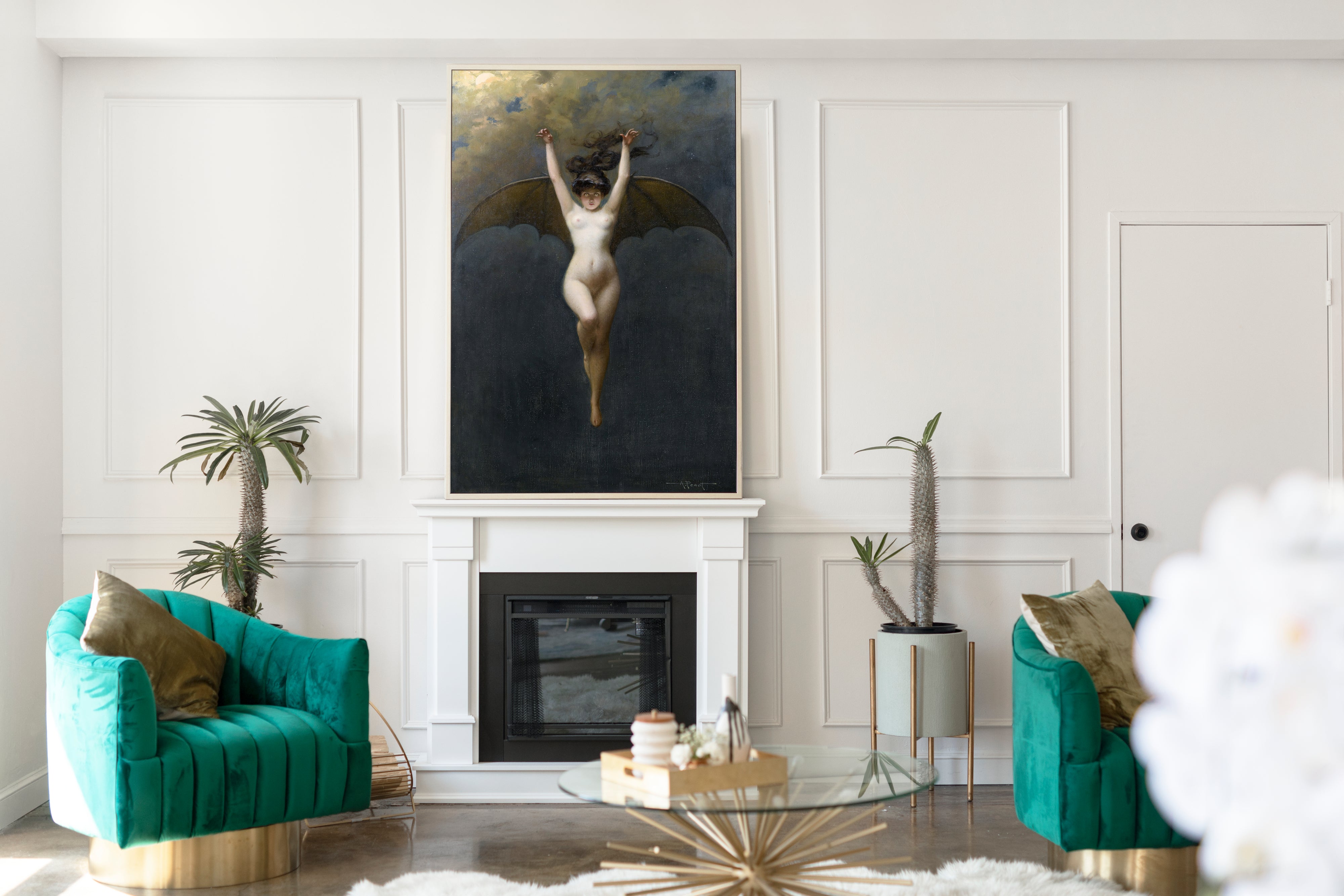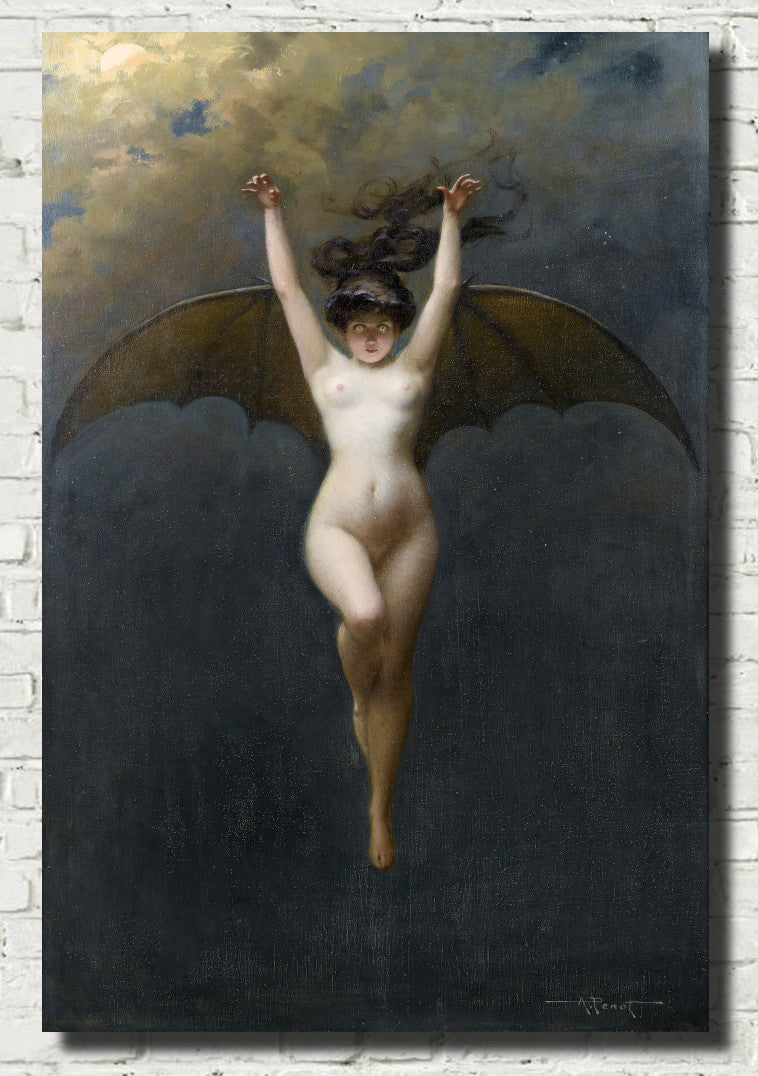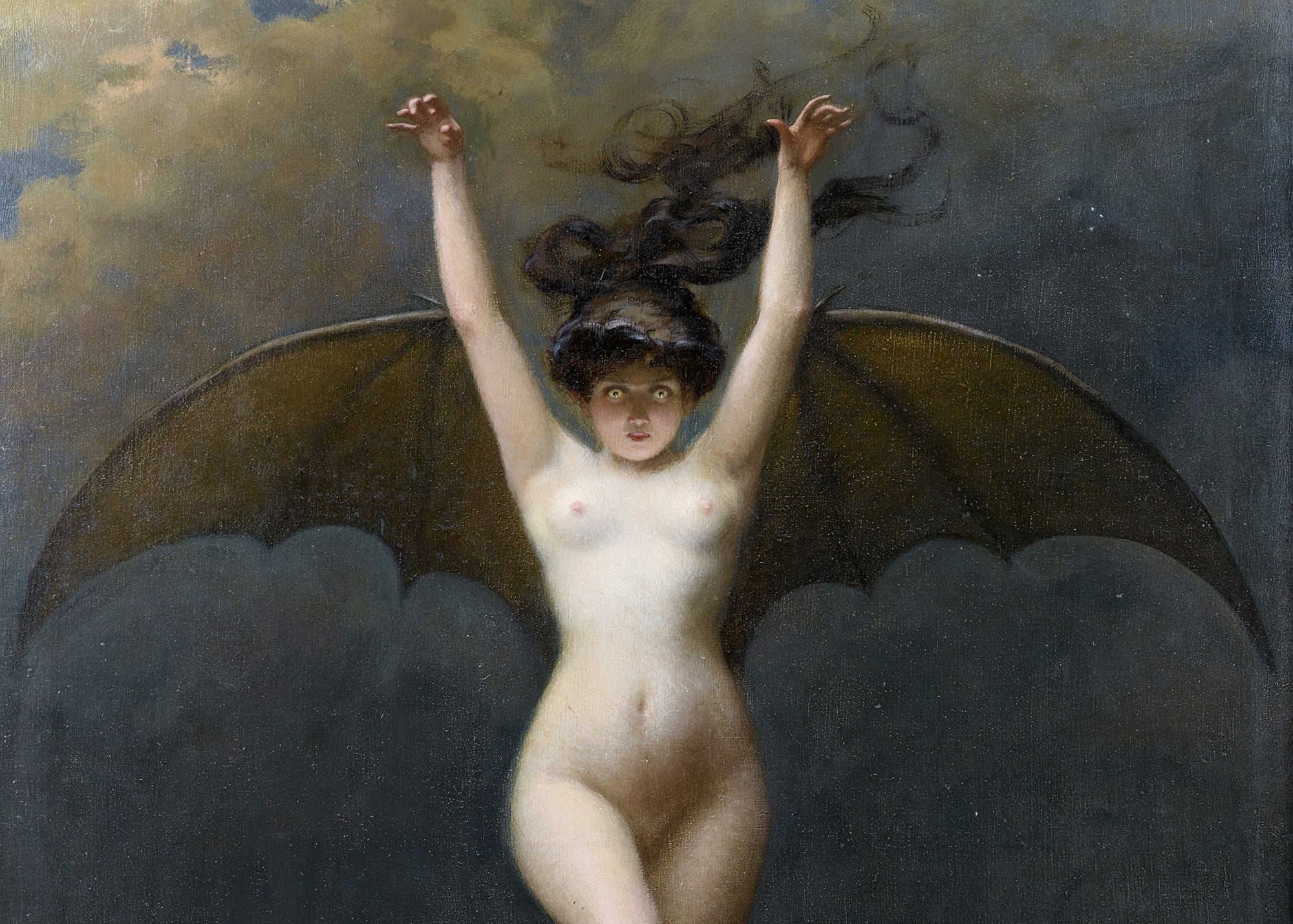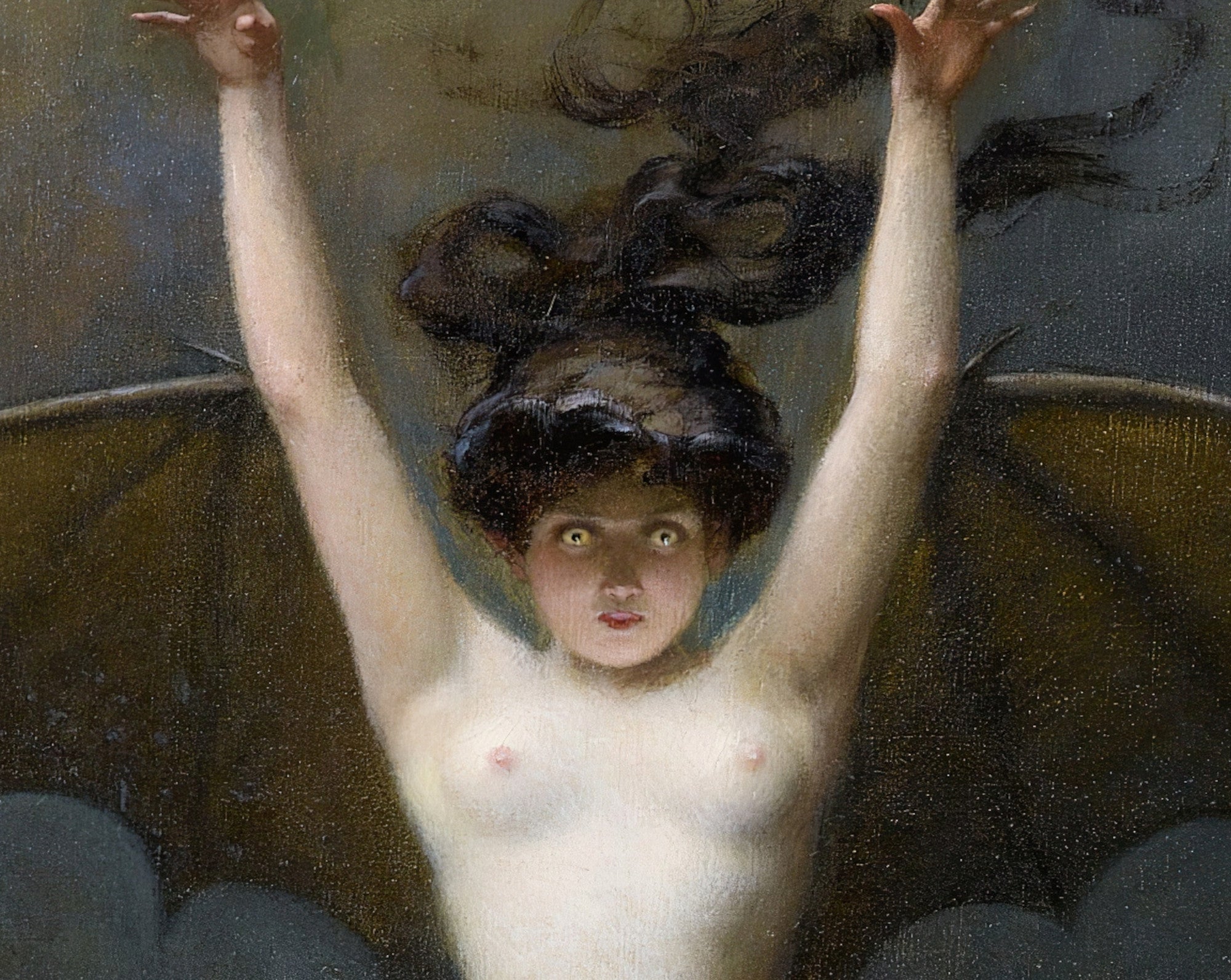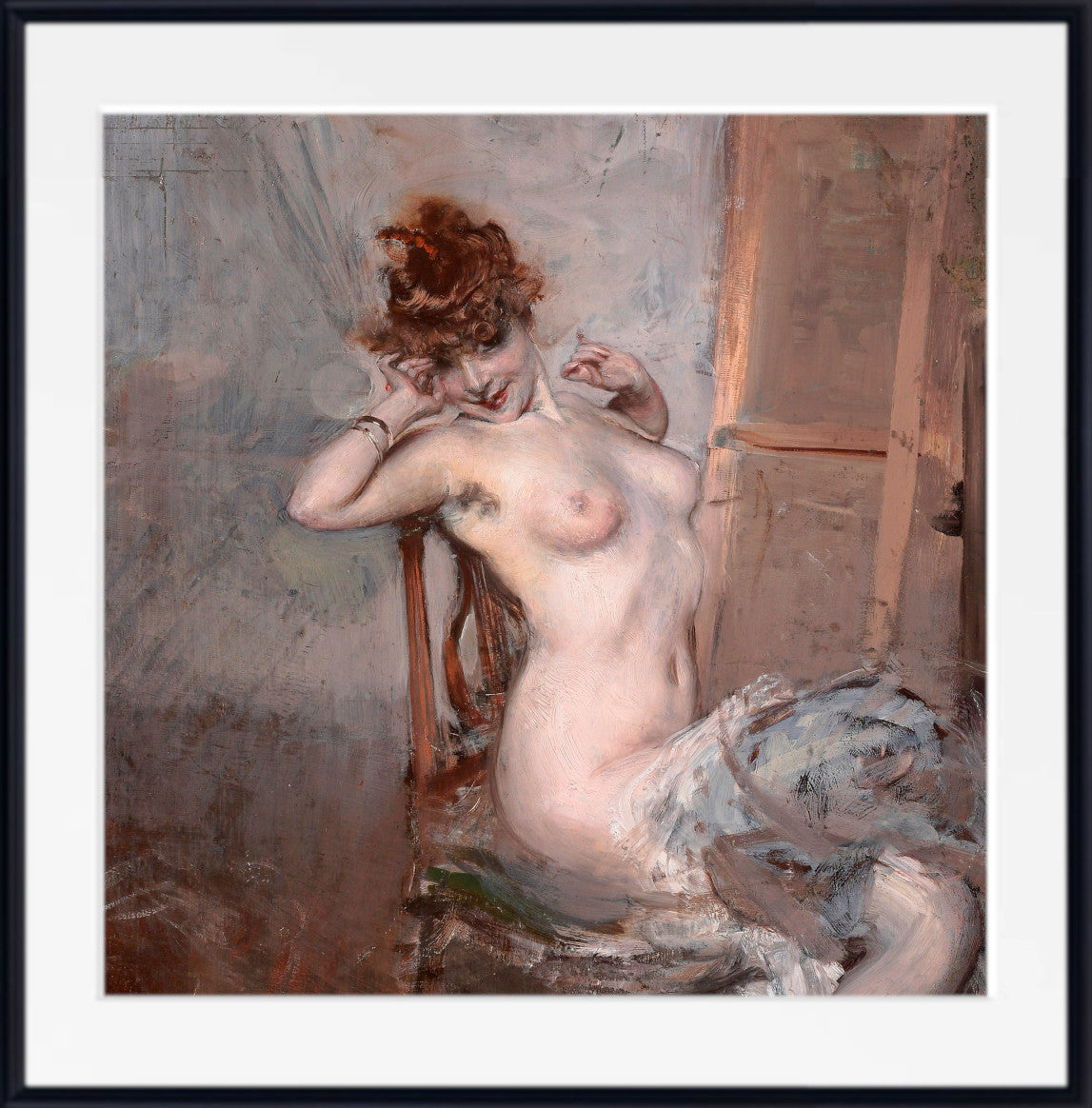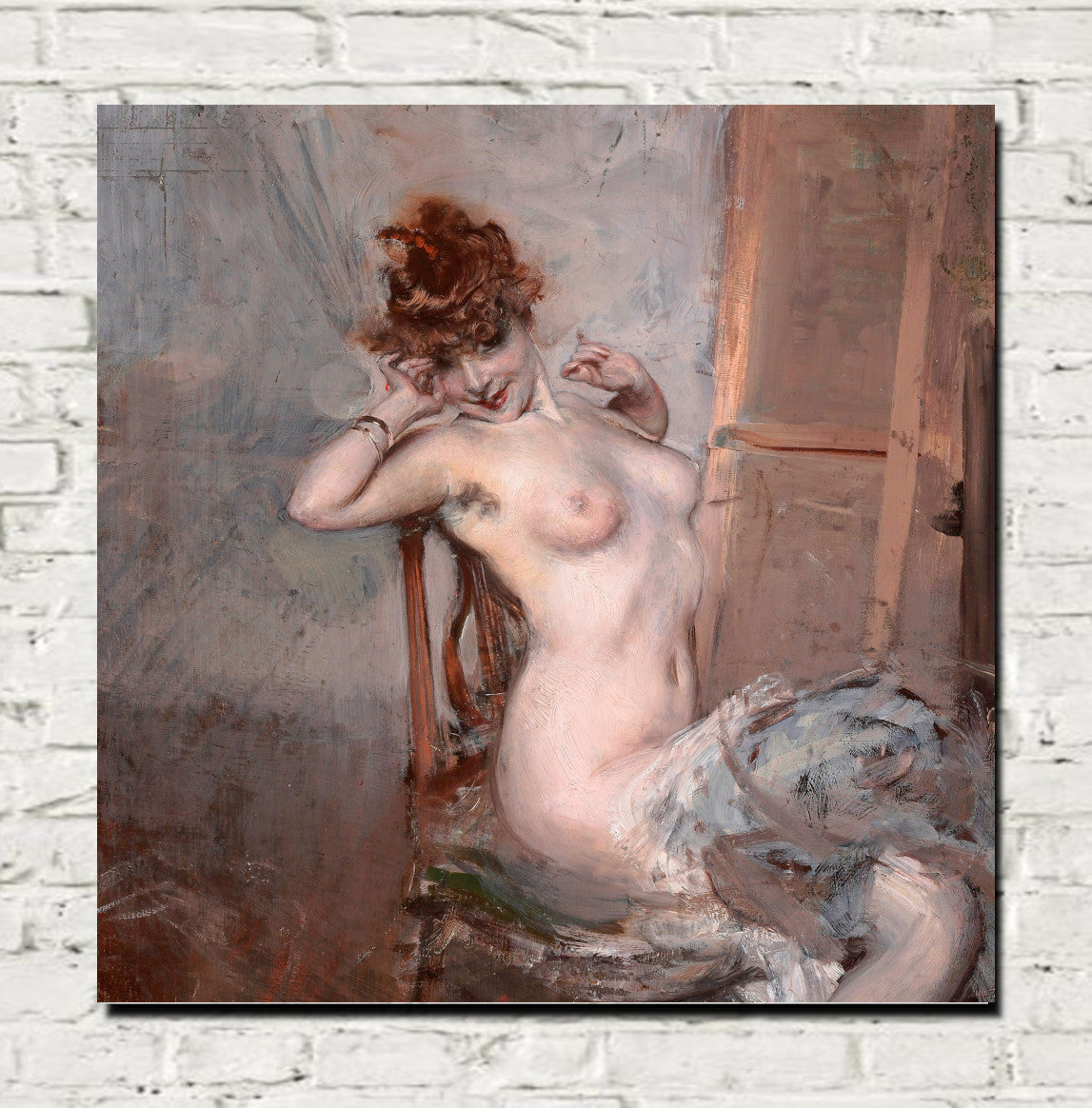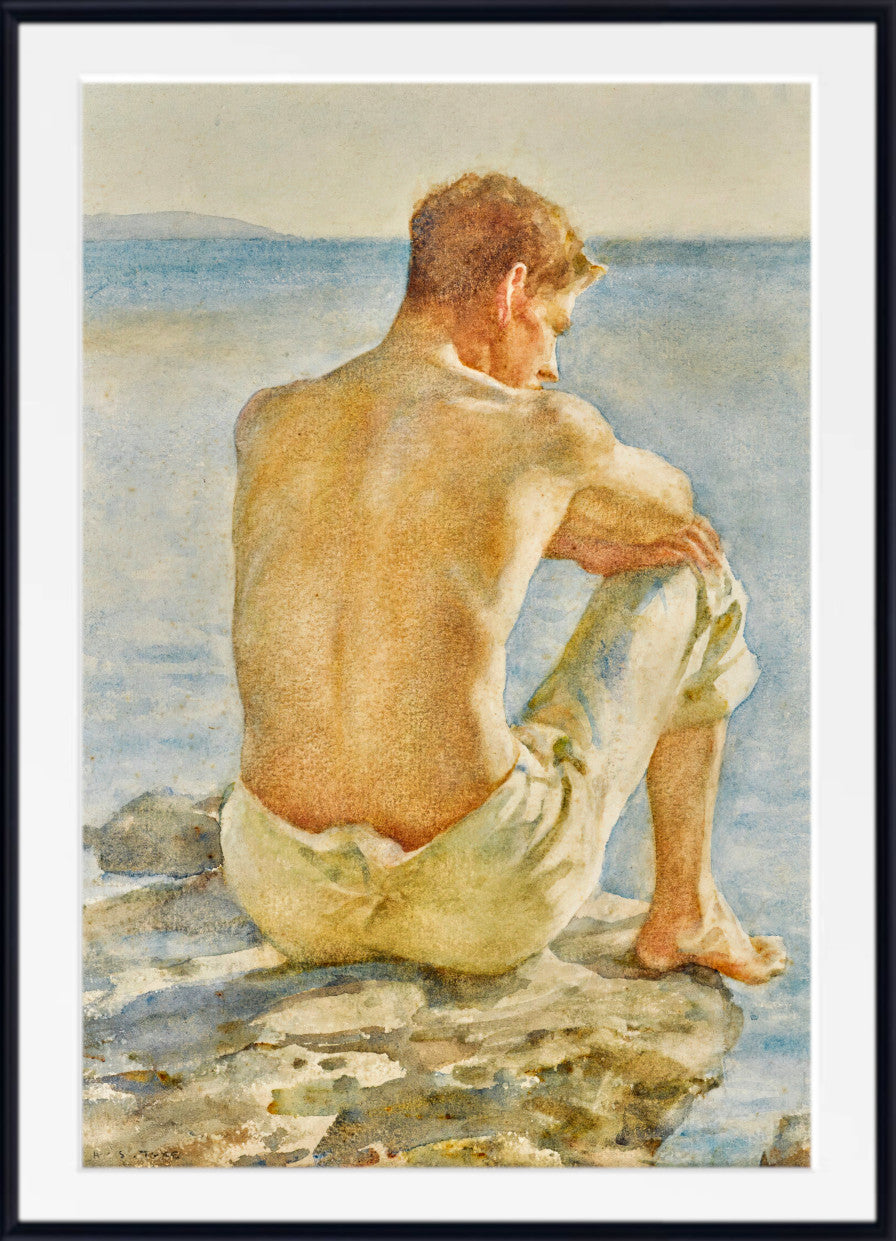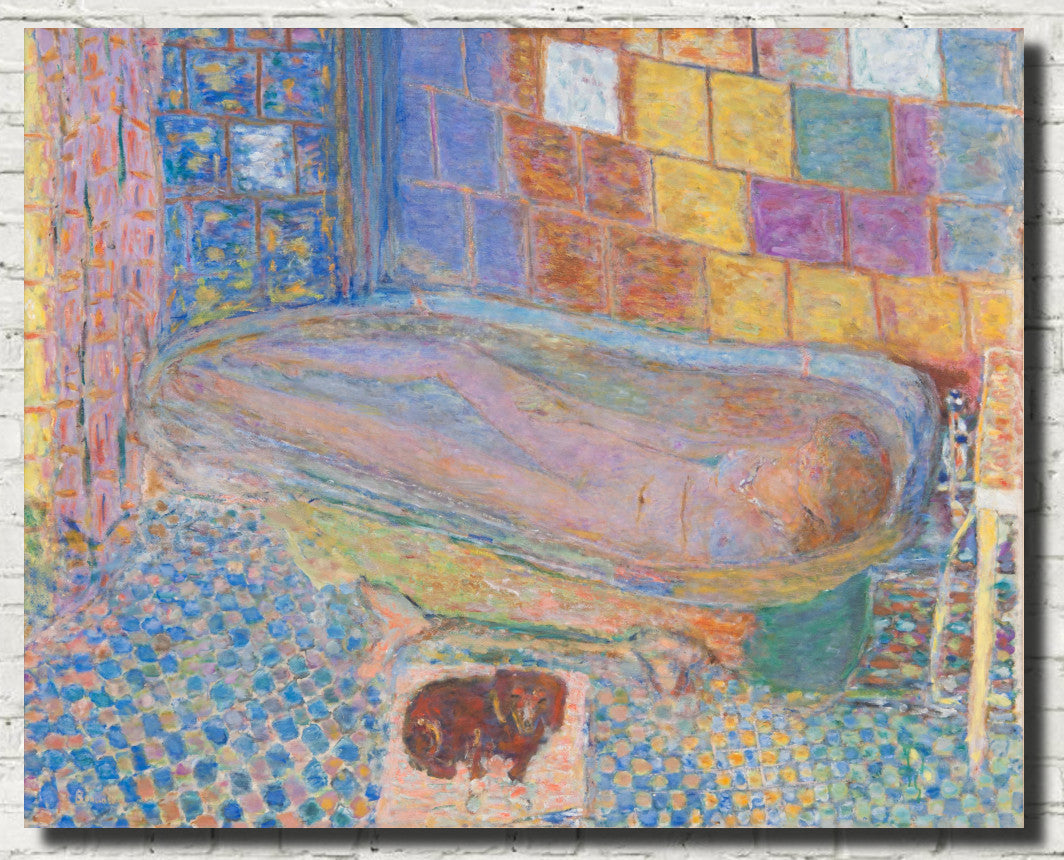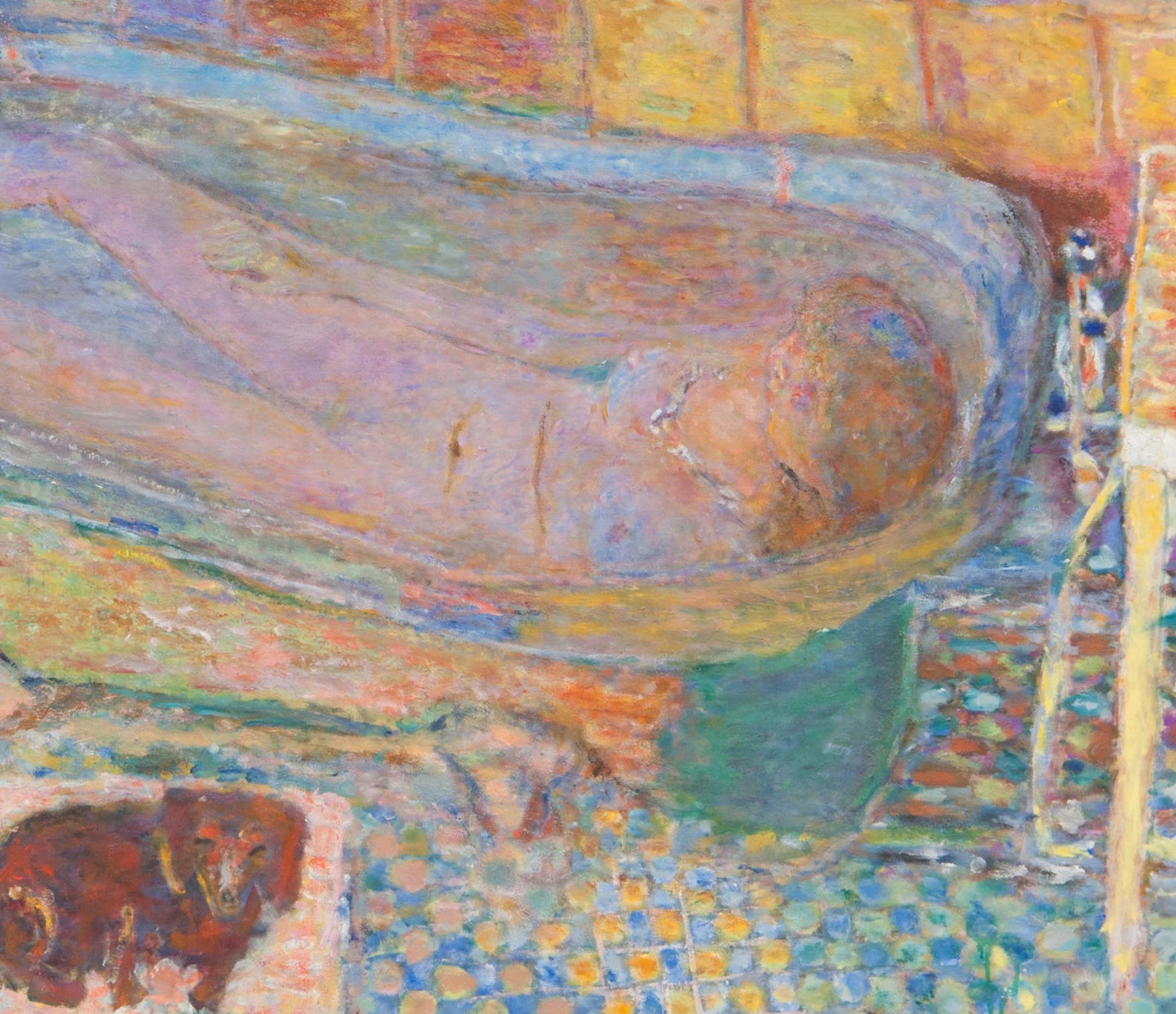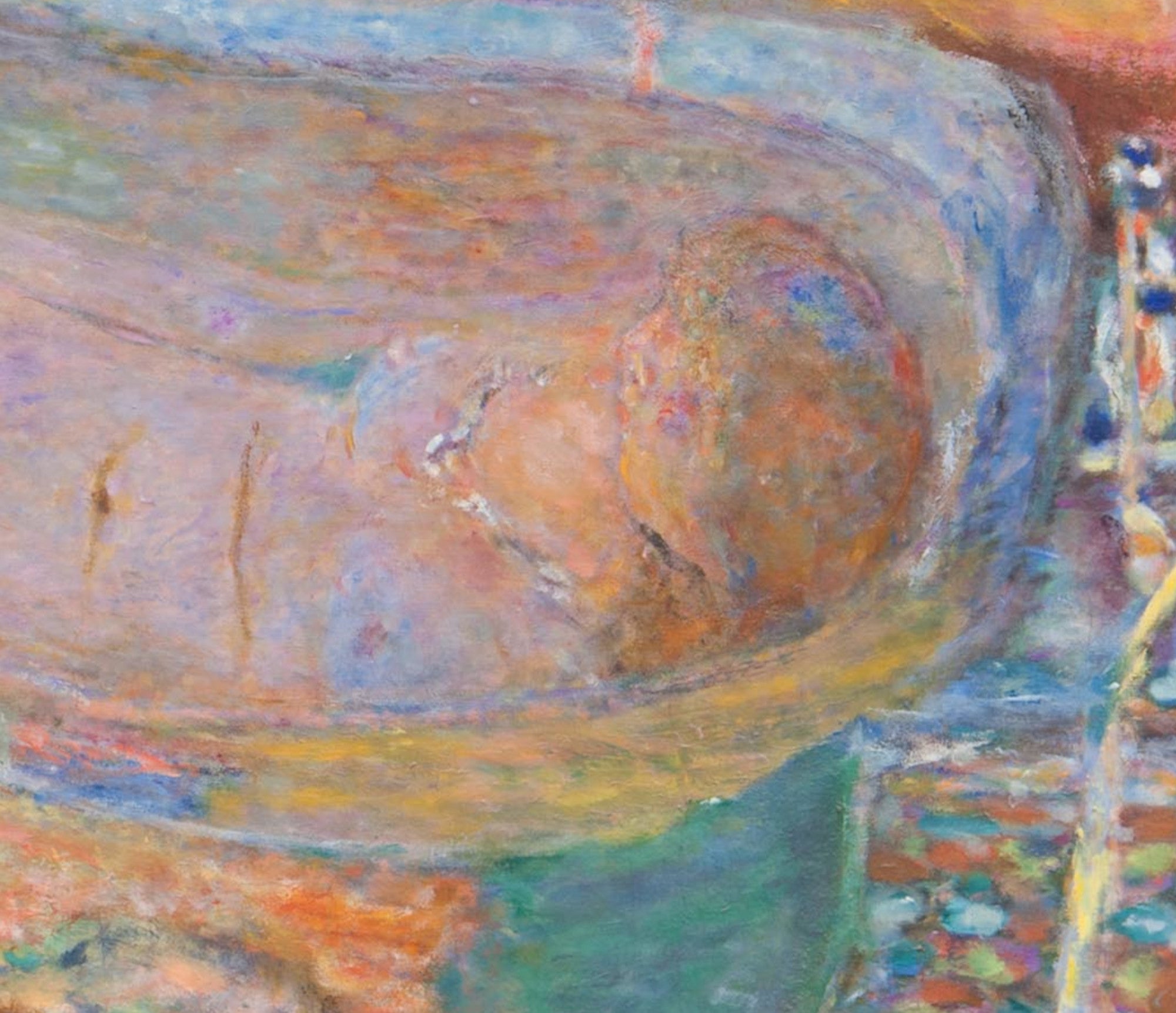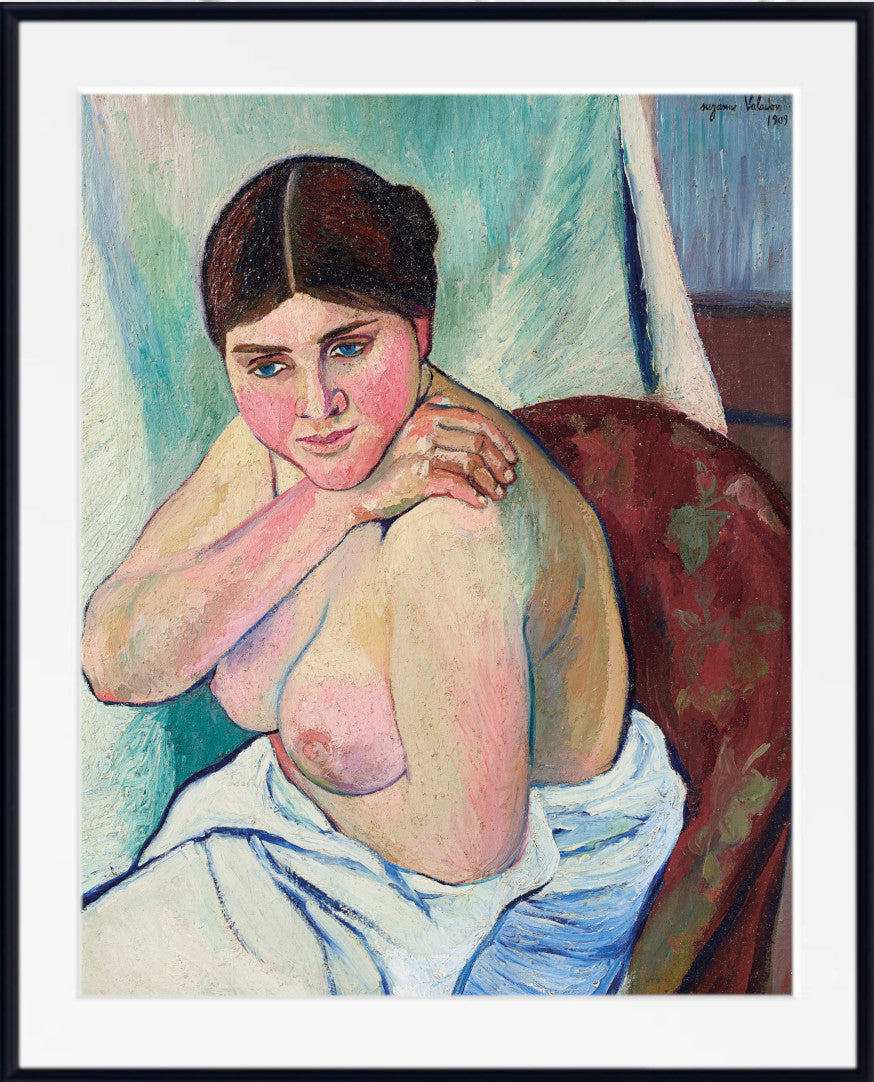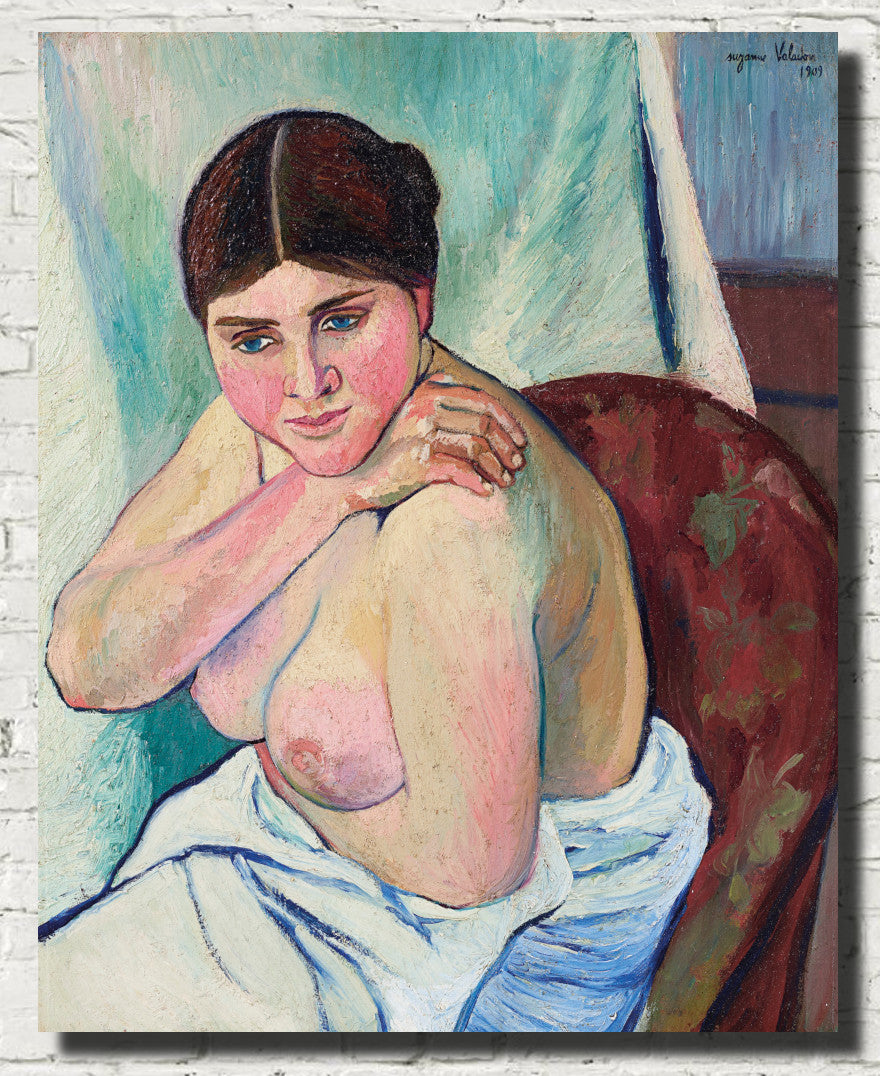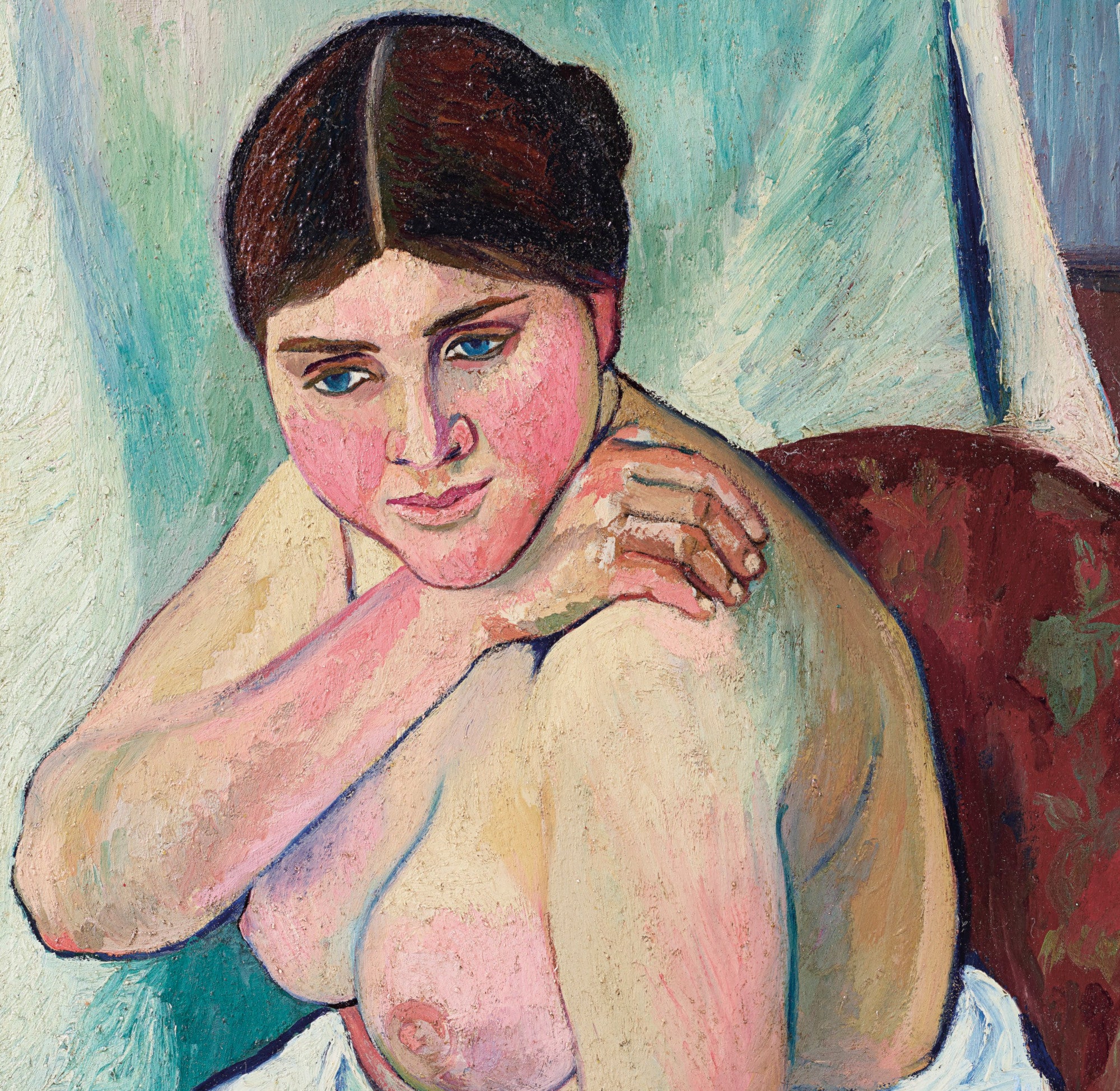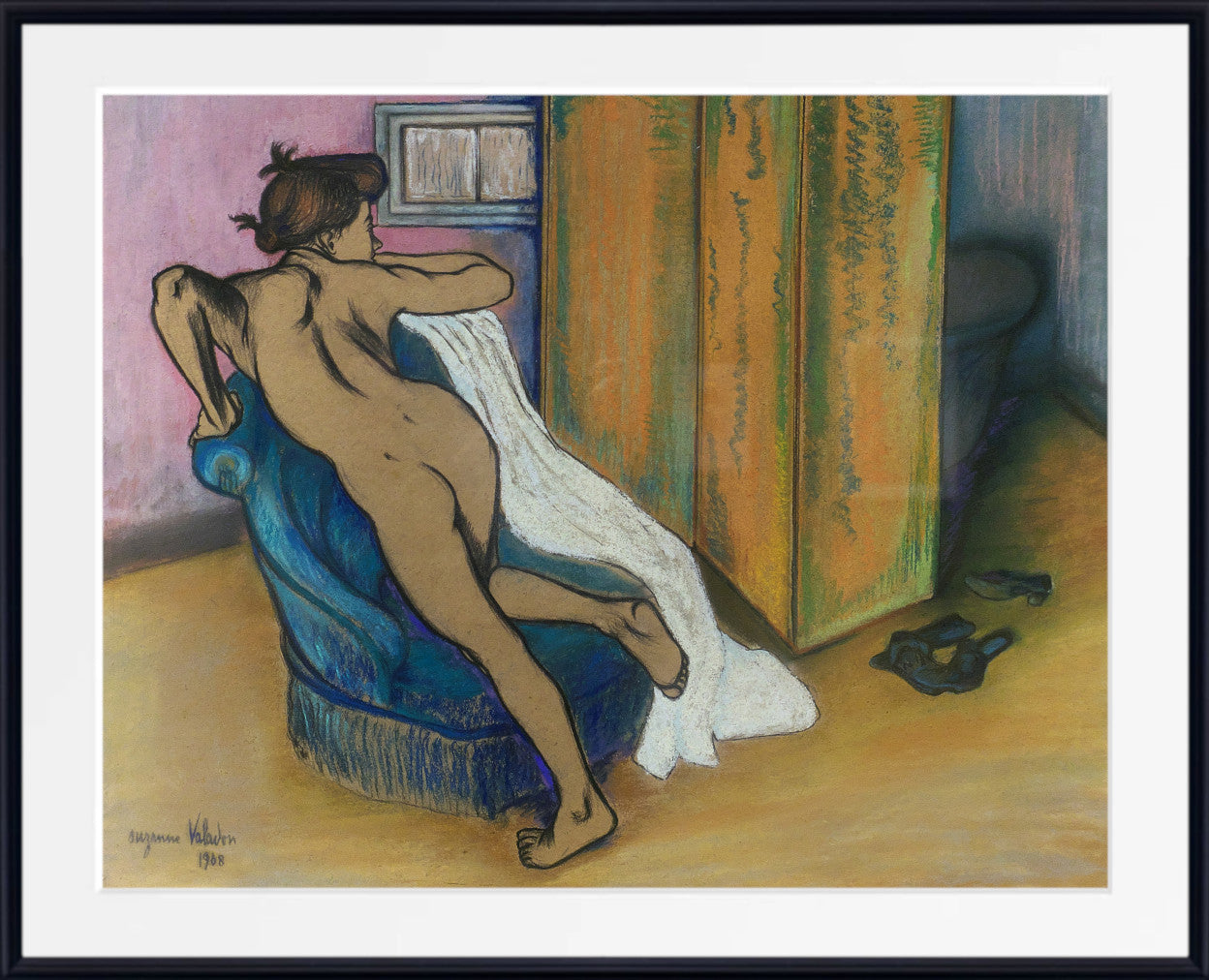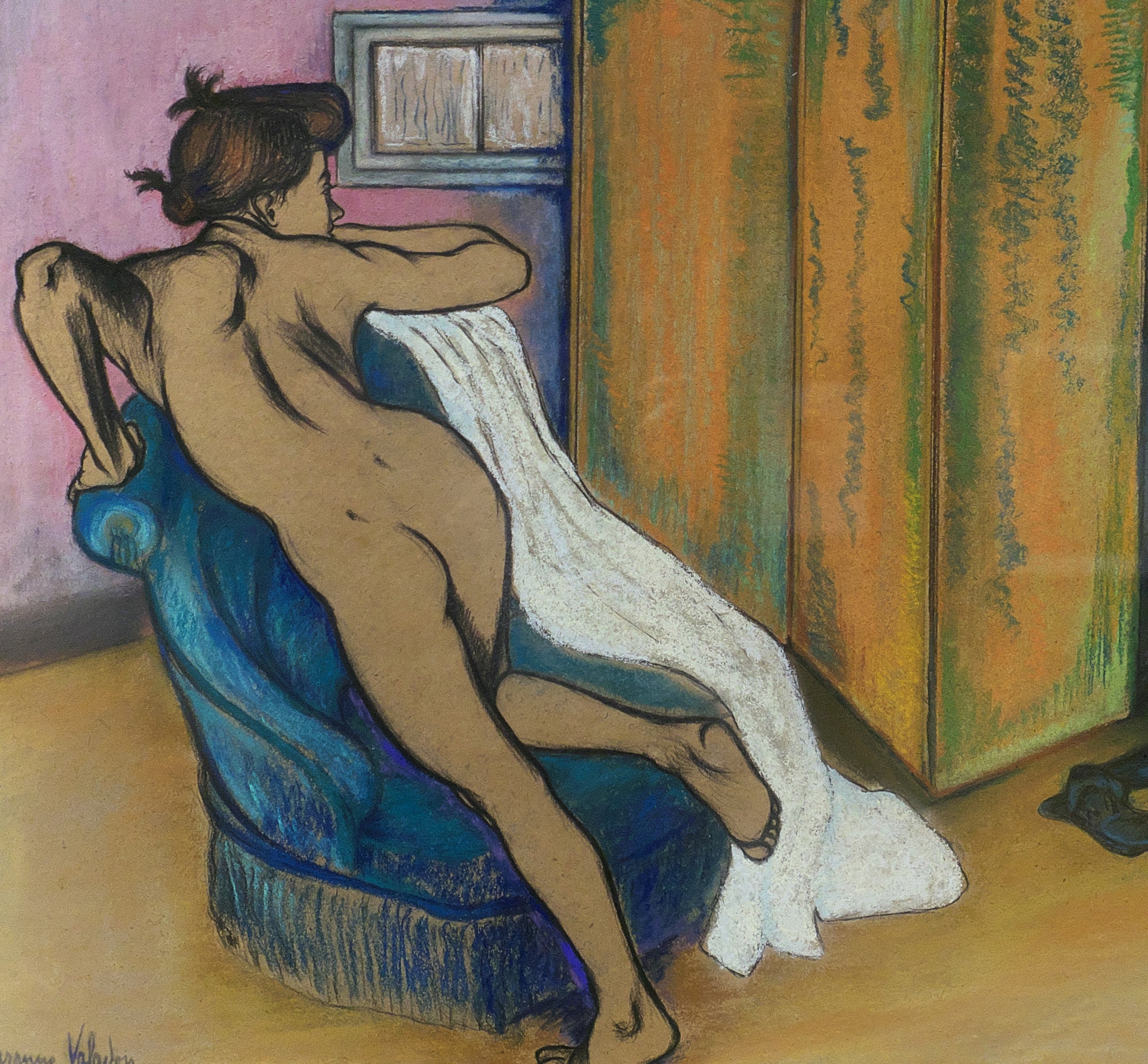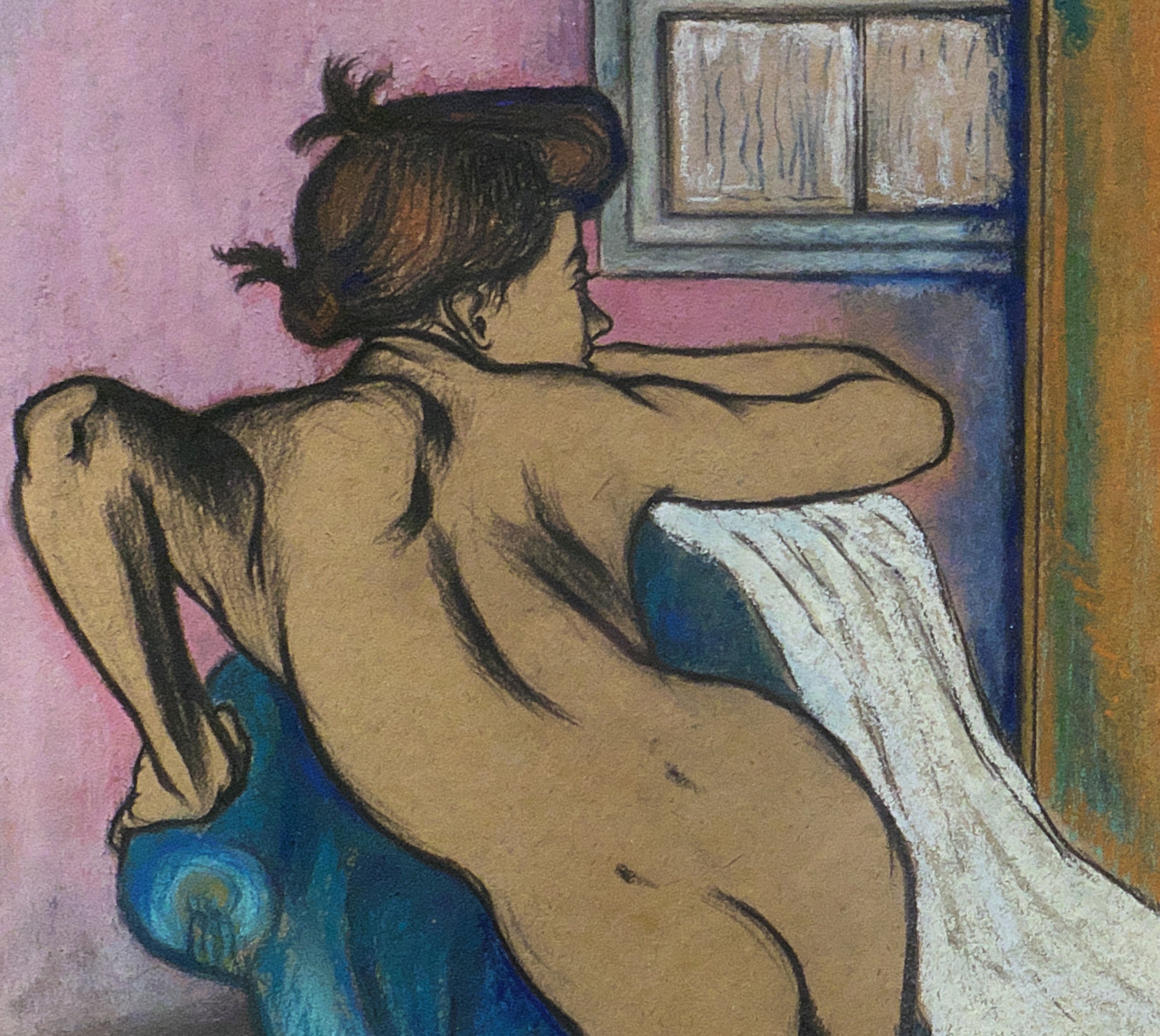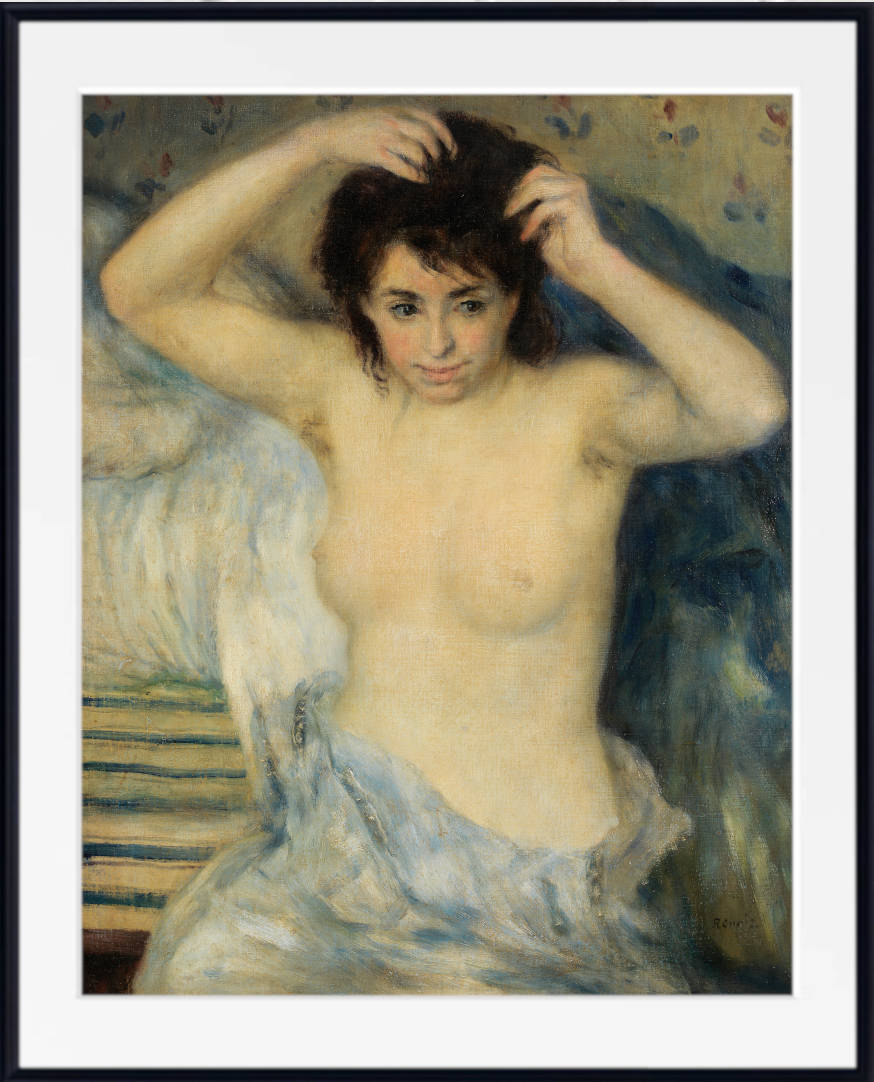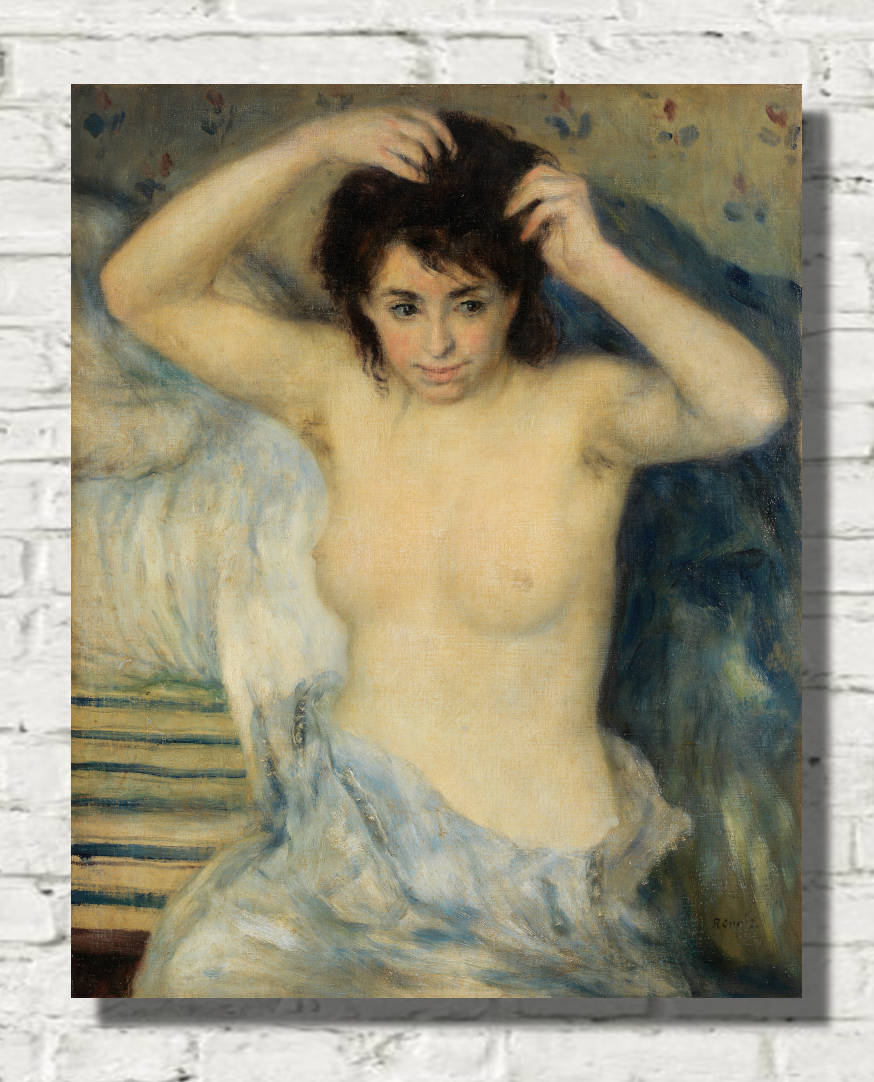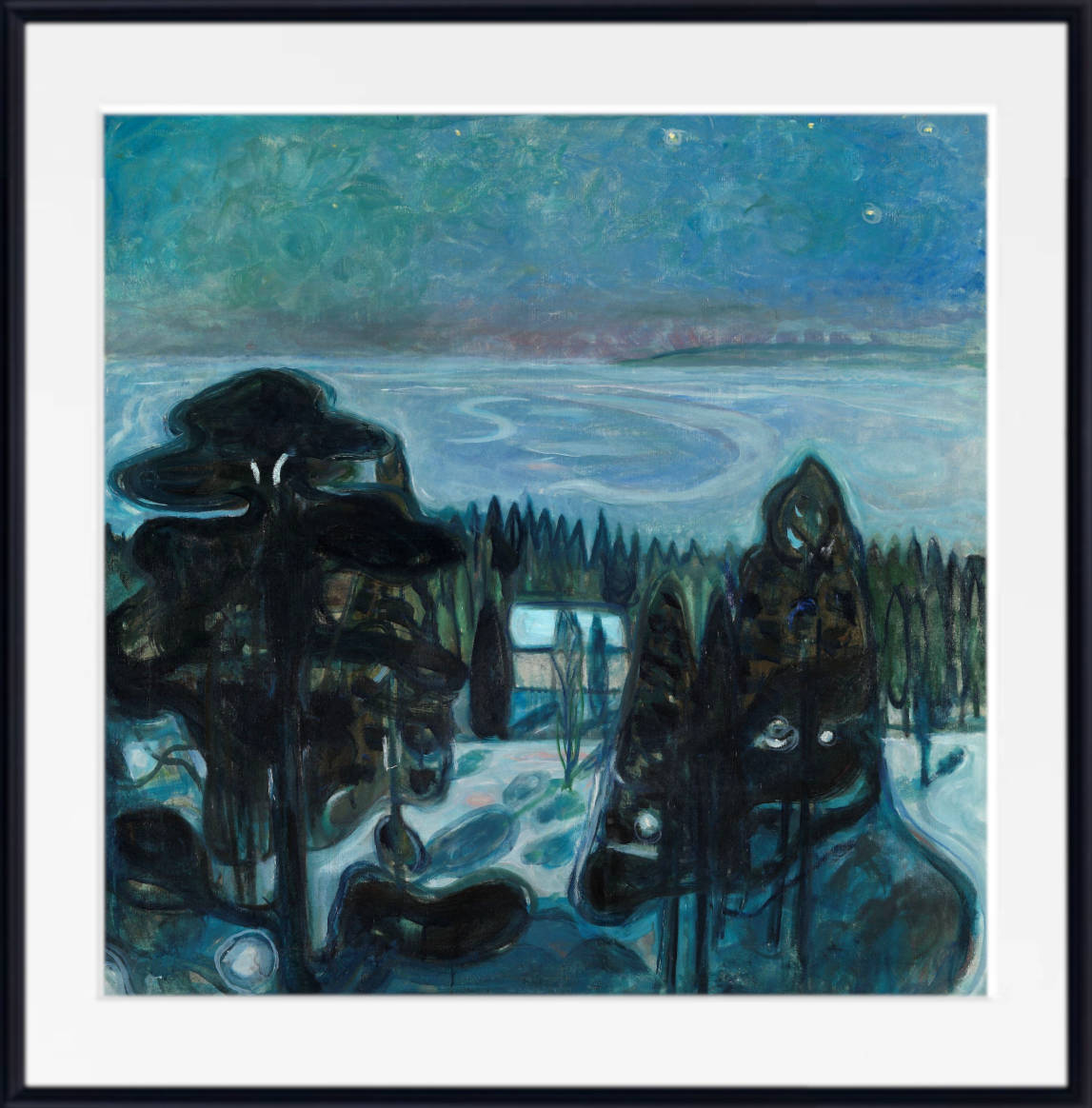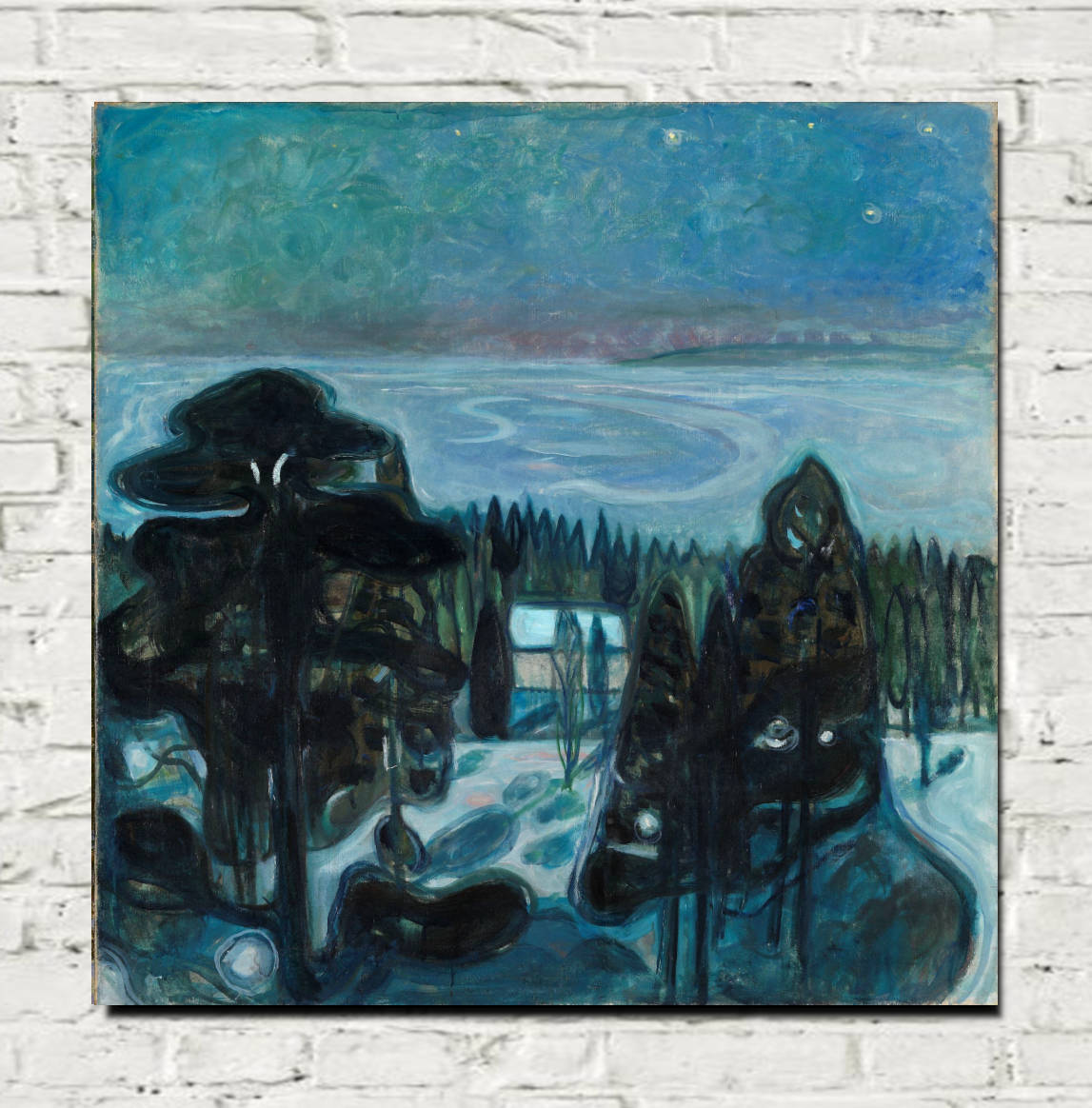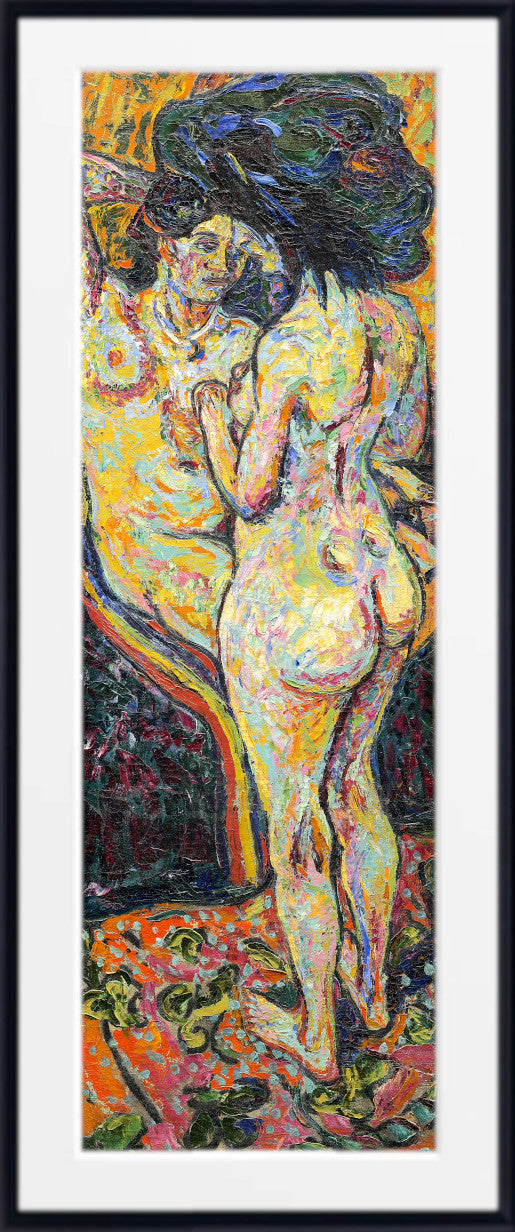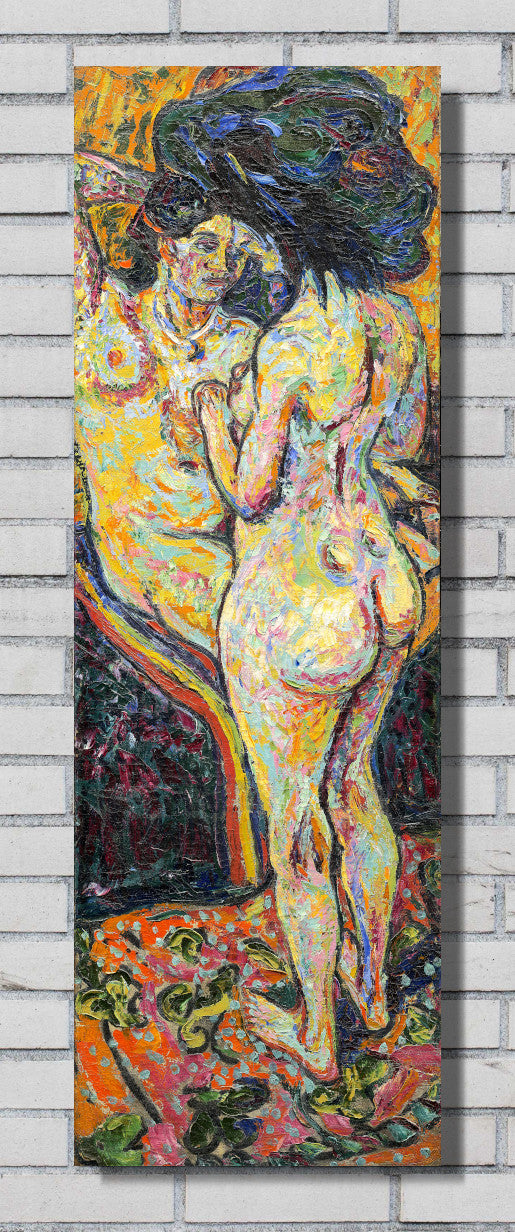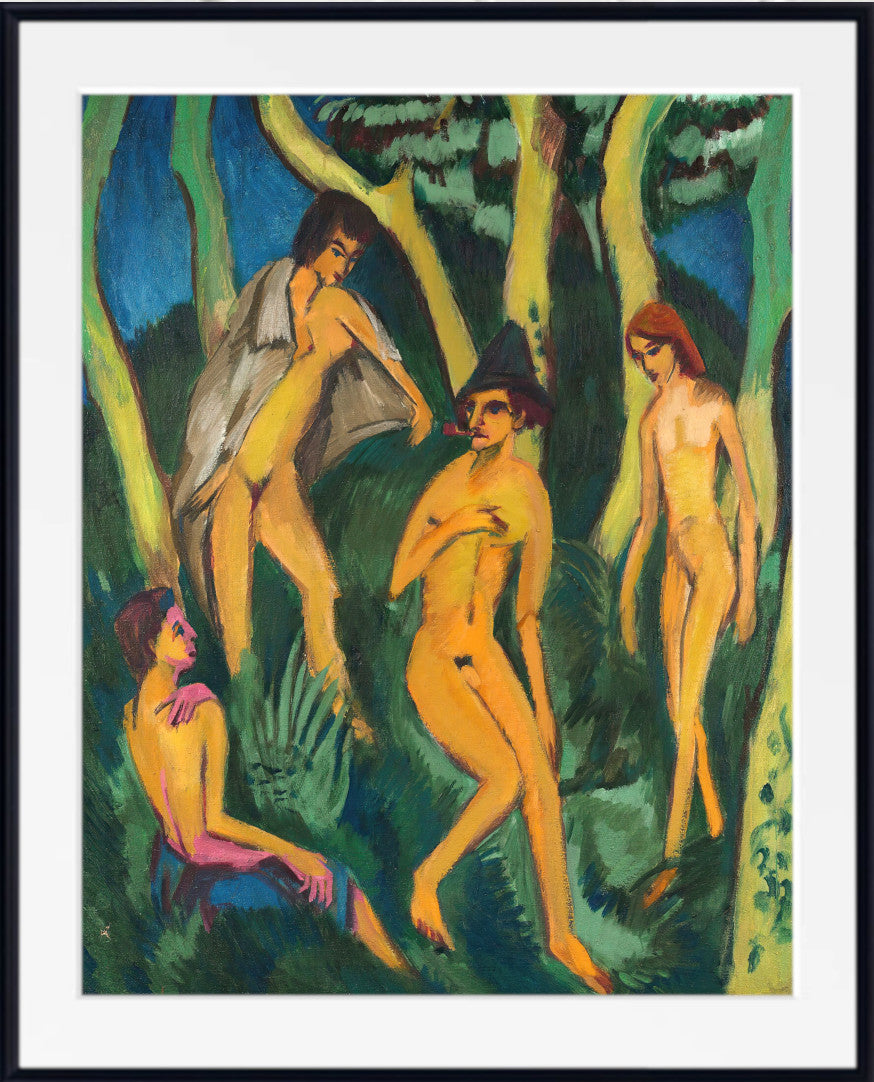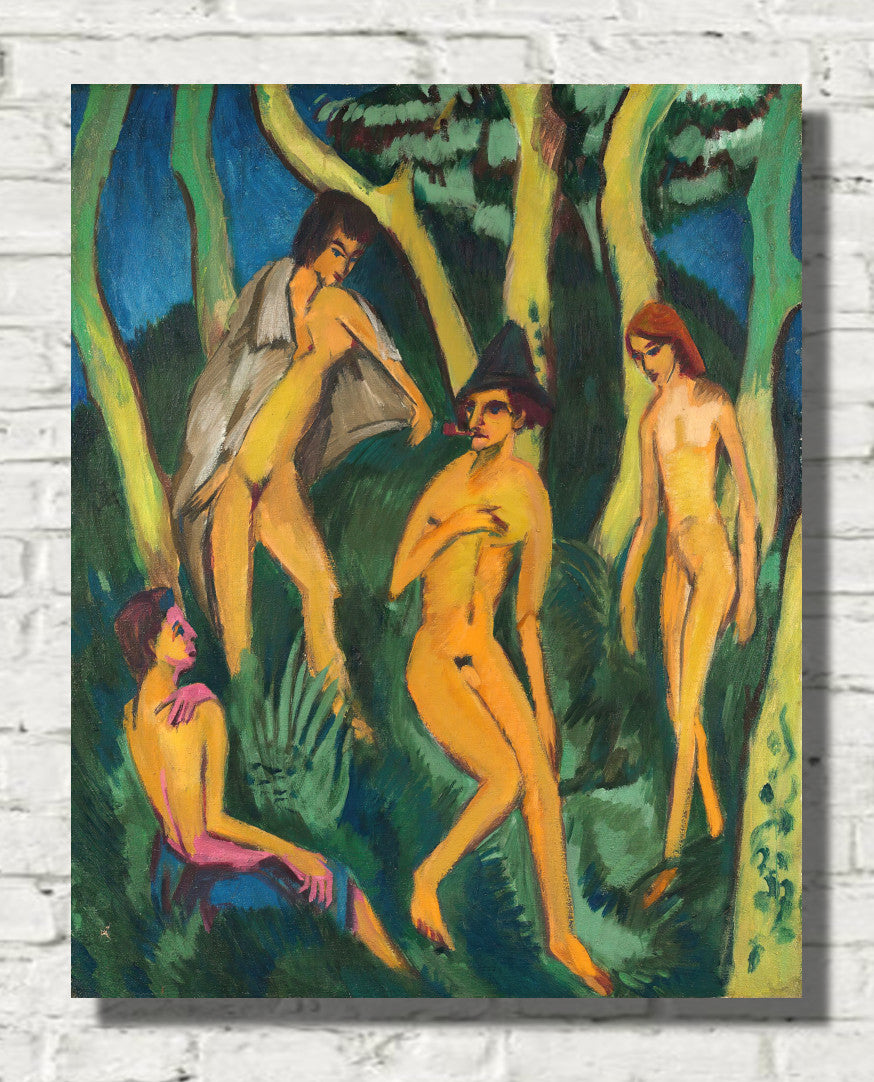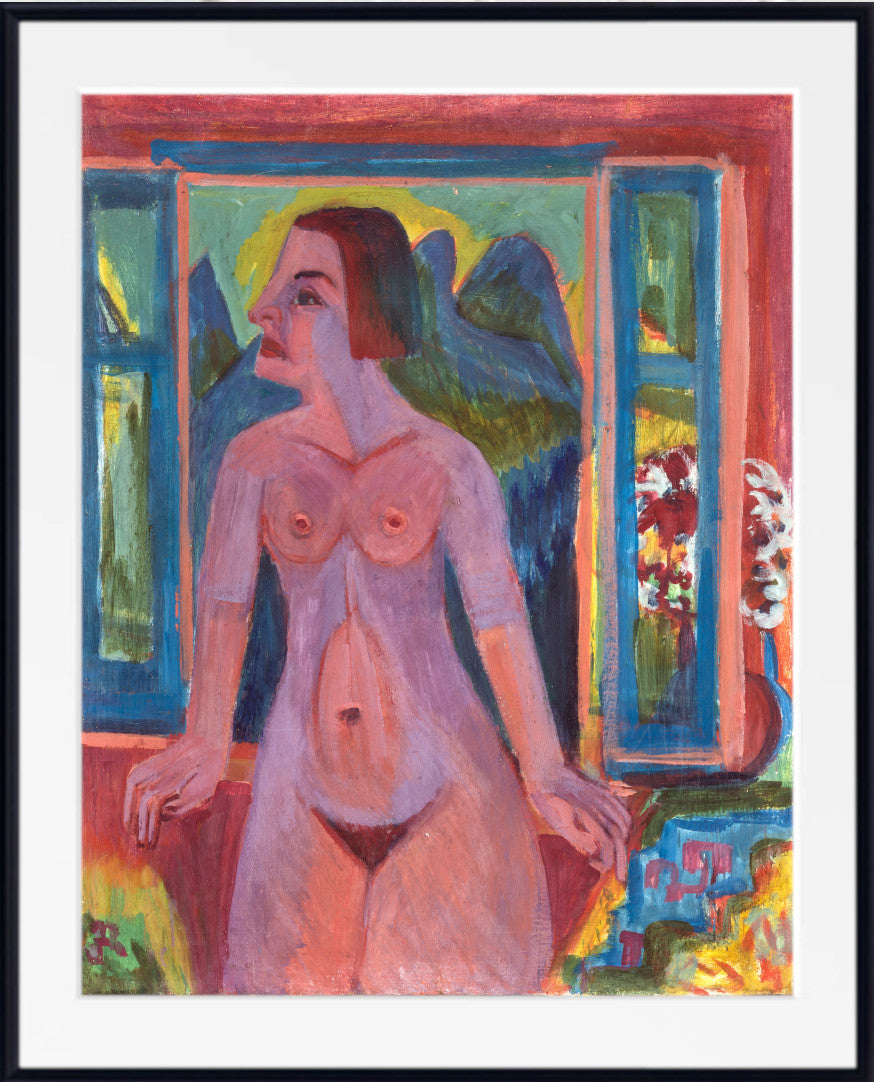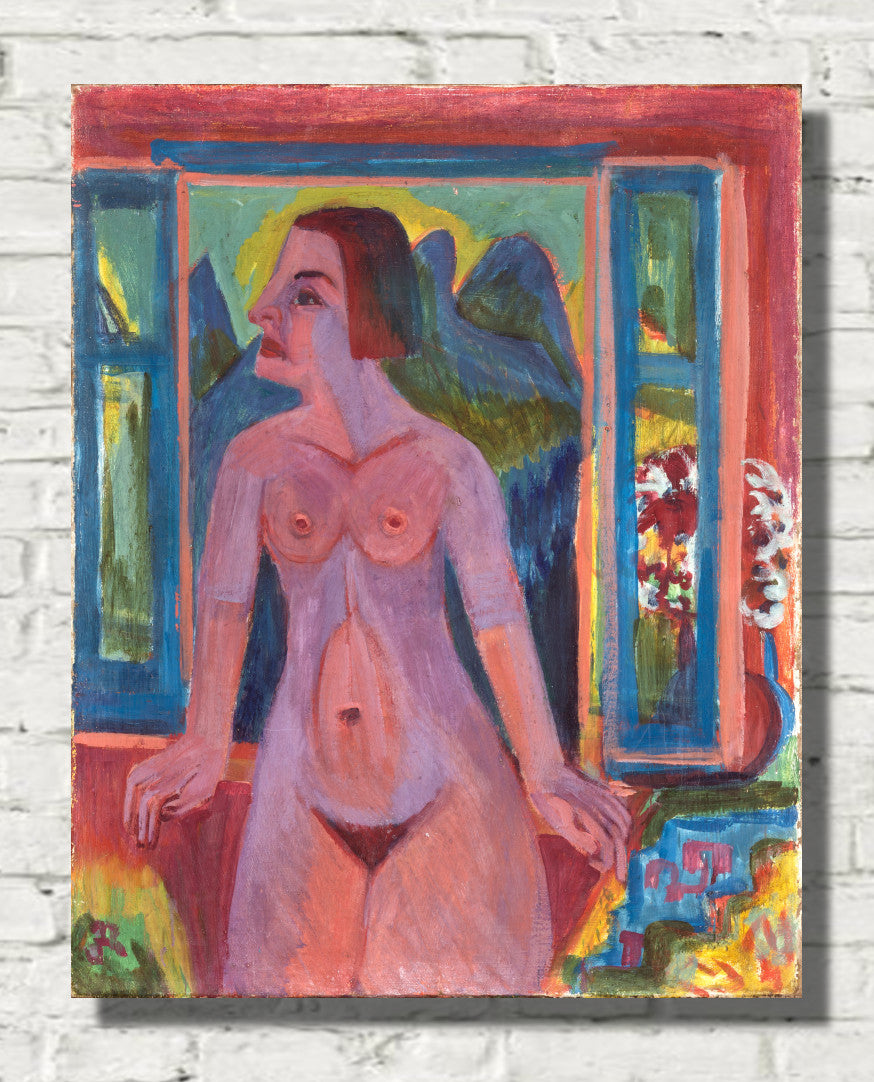Table of Contents:[hide]
Introduction
Nude art has been a central theme in visual expression for centuries, representing the human form in its most raw and unfiltered state. From classical sculptures to modern-day paintings, nude art challenges societal norms and evokes powerful emotions. Among the most captivating are those works that push boundaries—provocative, shocking, and often controversial. This article delves into some of the greatest nudes in visual art, with a focus on the provocative, including references to homoerotic art, shocking paintings, and other evocative masterpieces.
Beauty Revealed, Sarah Goodridge
The Historical Context of Nude Art
Nude art has a storied history, dating back to ancient civilizations. The Greeks, for example, celebrated the human form in their sculptures, often depicting gods and heroes in the nude to emphasize their divine beauty and physical perfection. In the Renaissance, artists like Michelangelo and Botticelli revitalized the tradition of the nude, combining anatomical accuracy with a deep sense of spiritual and intellectual meaning.
However, as art evolved, so did the portrayal of the nude. The 19th and 20th centuries saw artists begin to challenge the traditional ideals of beauty and modesty, exploring themes of eroticism, vulnerability, and even social critique through their depictions of the nude form.
Shocking and Provocative Nude Paintings
One of the most renowned—and shocking—nude paintings is Édouard Manet's Olympia (1863). When it was first exhibited, the painting caused an uproar for its stark portrayal of a nude woman gazing confidently at the viewer. Unlike the idealized nudes of the past, Olympia depicted a real woman, likely a courtesan, in a way that was unapologetically modern and confrontational. The painting challenged the viewer's expectations and societal norms, making it one of the most provocative works of its time.
Similarly, Gustave Courbet's L'Origine du monde (1866) took shock value to new heights. This close-up depiction of a woman's genitals was so controversial that it was hidden away for decades. Courbet's raw and explicit approach stripped away any pretense of modesty, presenting the nude in a way that was both scandalous and groundbreaking.
L'Origine du Monde, Gustave Courbet
Homoerotic Art and the Celebration of Desire
Homoerotic art has played a significant role in the history of provocative nudes, often exploring themes of desire, identity, and taboo. Artists like Henry Scott Tuke and William Etty have used the nude form to express a range of emotions, from sensuality to longing, challenging traditional perspectives in art.
Henry Scott Tuke, a British painter of the late 19th and early 20th centuries, is known for his depictions of young male figures, often in idyllic seaside settings. His paintings, such as The Bather (1924), subtly explore homoerotic themes through the lens of camaraderie and innocence. Tuke’s work, while less overtly provocative than some, broke ground by normalizing the male nude in a context that celebrated youthful beauty and male companionship.
William Etty, an earlier British artist from the 19th century, was one of the first painters to specialize in the nude, often depicting both male and female figures in his works. His painting Male Nude, with Arms Up-Stretched (1828) is a prime example of his ability to paint a sensuous portrayal of the human body. Etty’s work was sometimes criticized for its eroticism, as his voluptuous nudes challenged Victorian morals and artistic conventions.
William Etty, Male Nude with Arms Up-Stretched
The Enduring Power of Provocative Nudes
Throughout history, provocative nudes have played a crucial role in challenging societal norms and expanding the boundaries of visual art. From the shocking realism of Manet and Courbet to the homoerotic explorations of Tuke and Etty, these works continue to inspire and provoke discussion. In the modern era, artists like Saville and Abramović carry on this tradition, using the nude form to explore complex themes and emotions.
Nude art, particularly in its most provocative forms, remains a potent means of expression, allowing artists to confront viewers with the raw, unfiltered realities of the human experience. As society continues to evolve, so too will the ways in which artists depict the nude, ensuring that this powerful and provocative form of visual art endures for generations to come.
Conclusion
The history of provocative nude art is rich and complex, encompassing a wide range of styles, themes, and emotions. Whether through shocking realism, homoerotic exploration, or modern social critique, these works challenge us to see the human form—and ourselves—in new and often uncomfortable ways. As we look to the future, the nude in art will undoubtedly continue to provoke, inspire, and challenge our perceptions, solidifying its place as one of the most powerful forms of visual expression.
The Ten Greatest Nudes Paintings - Provocative Visual Art
Howard Chandler Christy, Nude on a Sofa
Wilhelm Gallhof, The Coral Necklace
Kneeling Nun (1731), Martin van Meytens
Karlis Padegs, Madonna of Marijas Street
Pedro Américo, David and Abishag
Suzanne Valadon, The Abandoned Doll
The Camden Town Murder, Walter Sickert
Related Articles
Most Popular Nude Paintings
Most Famous Nude Paintings of All Time
Male Nudes - Top 10 Paintings
Erotic Art Prints
Tasteful Nude Art - A Definitive Guide

















